1st ISSUE – JERICO-NEXT, Joint European Research Infrastructure network for Coastal Observatory – Novel European eXpertise for coastal observaTories
It gives us great pleasure to send you the latest updates on coastal observatories and JERICO-NEXT activities through this first newsletter introducing the new project. JERICO-NEXT started in September 2015 and will run for four years, finishing at the end of August 2019. The first year is dedicated to building upon the JERICO FP7 project and to begin JERICO-NEXT activities including new partners.
How to access to the JERICO Research Infrastructure (JERICO-RI)?
Apply for the First Call for Trans-National Access (TNA) on the JERICO-RI!
As part of the Trans-National Access (TNA) activity implemented in WP7, JERICO-NEXT offers opportunities for researchers or research teams from academy and industry to access original coastal infrastructures for measurement campaigns and instrument testing. These opportunities are expected to help build long-term collaborations between users and JERICO-NEXT partners and also to promote innovation and transfer of know-how in the coastal marine sector.
The JERICO-NEXT TNA activity is built on the successful experience of the previous FP7 JERICO project. However, it will involve a greater number of observatories (ferrybox lines, fixed platforms, including cabled observatories, glider fleets, HF Radar and fishing vessels) distributed in coastal and shelf seas all around Europe, including dedicated to biological observation.
The first Call has been open since the 2nd of May and will remain open until the 5th of July 2016, for activities scheduled in the period October 2016 – September 2017. Interested users will find more information on the JERICO-NEXT website,http://www.jerico-ri.eu/tna/call-program/1st-call/.
We wish you a pleasant and fruitful read!
All the best,
Stefania Sparnoccia and Patrick FARCY
JERICO-NEXT main achievements
Kick Off meeting: This key event was organised in Mallorca (Spain) from September 28th to October 1st 2015. Throughout the four days, partners met and activities led in work package were introduced, developed and discussed in the consortium…
JERICO-NEXT HF Radar Workshop: The first workshop on HF radar developments in JERICO-NEXT was held in San Sebastian from 9th to 11th March 2016. This successful meeting gathered 22 people and 12 different institutions from 7 European countries…
Joint WP4 & WP1 Workshop, 15th March 2016, London: The main objective was to provide the JRAP teams with strategic guidelines, according to the project Milestone MS4, with focus on the strengthening of cross cutting towards a multidisciplinary approach, according to the Scientific and Technical Advisory Committee (STAC) of JERICO-NEXT. The JRAPs data flow was also considered…
Ferrybox Workshop: Aside from the 7th Ferrybox meeting on the 7th/8th April 2016, a dedicated JERICO-NEXT Ferrybox workshop was held in Heraklion on 6th April 2016…
Cabled Coastal Observatories Workshop: The objective for this workshop was to review the state-of-the-art of these observing systems in terms of Technology: procedures, maintenance, data processing, format, quality and management, identification of limitations and difficulties, applications, funding, dissemination, etc. The workshop was organised by Universitat Politècnica de Catalunya in Vilanova i la Geltrú (Barcelona, Spain) from 19th-20th April…
First Steering Committee meeting: From 23rd – 24th May 2016, at EuroGOOS in Brussel. The Steering Committee members met to review the progress of each work package and discuss the project strategy with WP leaders/co-leaders and the coordination team. This meeting was organised before the EuroGOOS General Assembly 2016 which took place from 25th to 27th May.
The JERICO-NEXT Workshop on Current Advances in the application of (Semi-)Automated techniques for studying Phytoplankton Dynamics in coastal and marine waters, was organized from 31st May to 2nd June by the CNRS LOG laboratory in Wimereux (Northern France). This successful meeting gathered 35 scientists from 12 countries and 15 partners or contracted partners and SMEs of the JERICO-NEXT consortium, as well as external experts for…
JERICO-NEXT ongoing progress
News on Subtask 3.6.1 Integrated multi-sensors video array towed fish: This JERICO-NEXT development is almost completed and should go at sea in September 2016. The final development phase is actually dedicated to the floating elements and control of the flight altitude. The frame, lights, video and laser systems are designed and integrated, the wiring is nearly finished. First tests should be performed in Juneat Boulogne Ifremer testing basin.
Valorisation through applied joint research (WP4): As a synthesis of the project built upon activities in other WPs, WP4 gathers the consortium around applied Joint Research Activity Projects (JRAPs) selected to put forward the added value of JERICO-NEXT. Information is provided below for JRAPs which are begun their practical activities:
JRAP#5 on carbon fluxes and carbonate system: The intensive observing period of JRAP#5 is from spring 2017 to spring 2018. During 2017 we will collect detailed information on instruments, environnemental conditions and calibration procedures and make necessary upgrades and calibrations for the observing systems before the intensive observation period. A need and possibility to have an intercomparison workshop (in Oslo) for carbon cycle instruments in winter 2016/17 is also discussed in spring and summer 2016.
News & Events
JERICO Special Issue: Twelve peer-reviewed articles are published in a special issue of Journal of Marine Systems dedicated to JERICO FP7 project, volume 162C. The paper version will come soon. These articles are already available online. JERICO offers a promotional access free of charge during 6 months.
New comer in JERICO-NEXT’s coordination team: We are pleased to inform you of the arrival of Anne Schmidt in the JERICO-NEXT coordination and more specifically in the management team. Anne shall support the team mostly in general organisation, partner’s contacts, administrative and financial reporting. She has a Master degree in European Project Engineering and already experience in European and International Project set-up and follow-up.
Upcoming JERICO-NEXT events
September 7th – 8th 2016, Bordeaux (CNRS): The Scientific and Technical Advisory Committee (STAC) of JERICO-NEXT and the coordination team will have a working meeting in Bordeaux. The agenda will focus on the TNA selection panel and a workshop on future strategies will be organised with WP leaders.
September 27th – 30th 2016, Gothenburg: The second JERICO-NEXT Workshop on Automated Plankton Observation will be held in Gothenburg (Sweden).
October 10th – 14th 2016, Brest (Sea Tech Week 2016): Every two years, the International week of marine sciences and technologies gather international experts from different disciplines related to the sea. Sea Tech Week offers conferences, scientific and technological workshops as well as a business part (B2B meetings, trade shows etc.). This year the event will take place at the Quartz Congress Centre in Brest (France) from October 10th to 14th. In the framework of this international event JERICO-NEXT’s workshops and B2B meetings will be organised…
The JERICO-NEXT project is funded by the European Commission’s Horizon 2020 Research and Innovation program under grant agreement No 654410.
Editors:Ingrid PUILLAT, Patrick FARCY
Don’t want to receive the JERICO-NEXT newsletter anymore? Send an email to sympa@listes.ifremer.fr with the subject “unsubscribe jerico_newsletter”
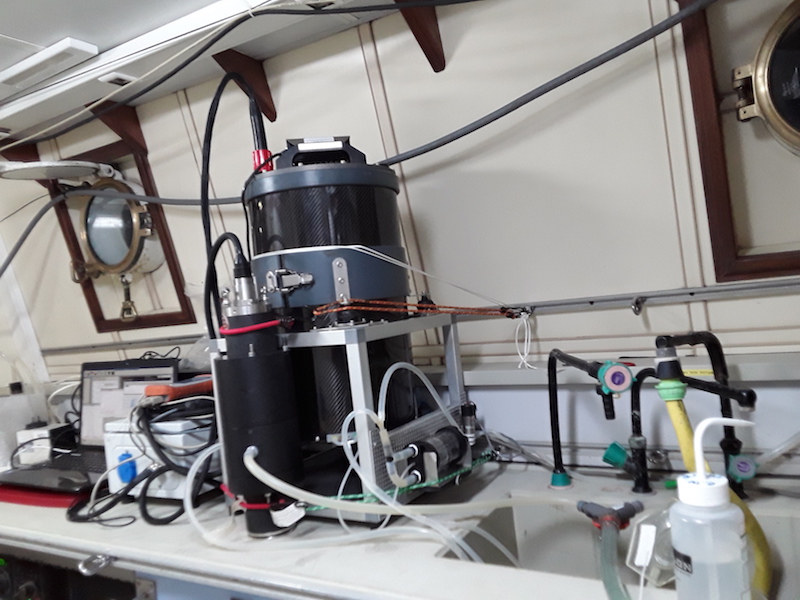
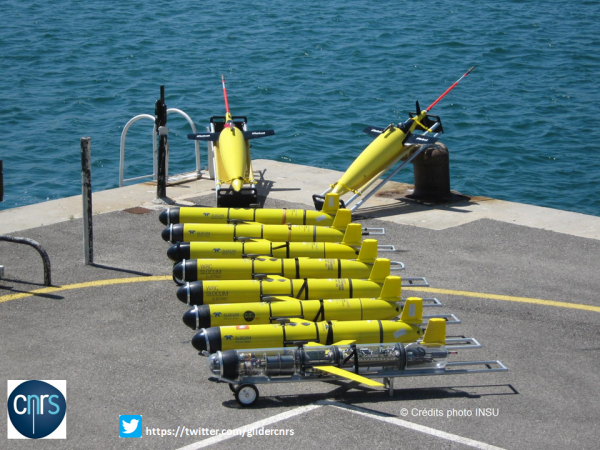
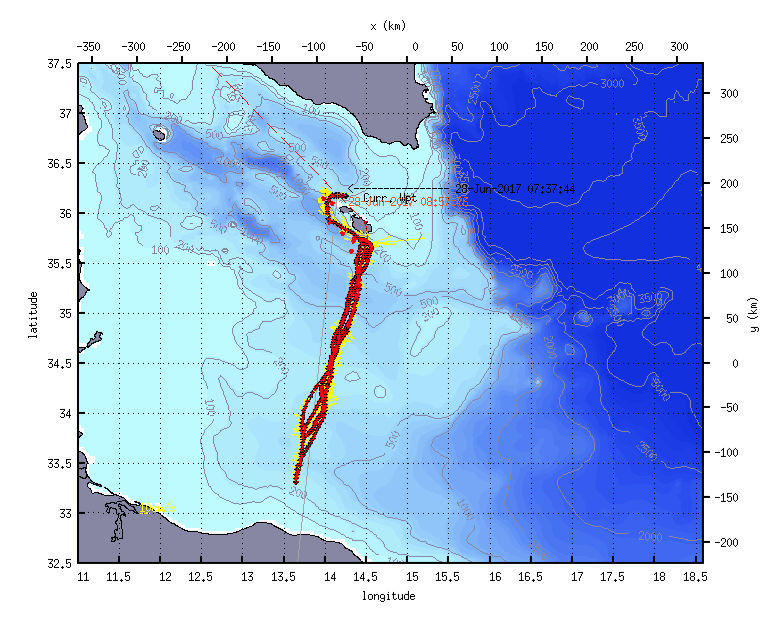
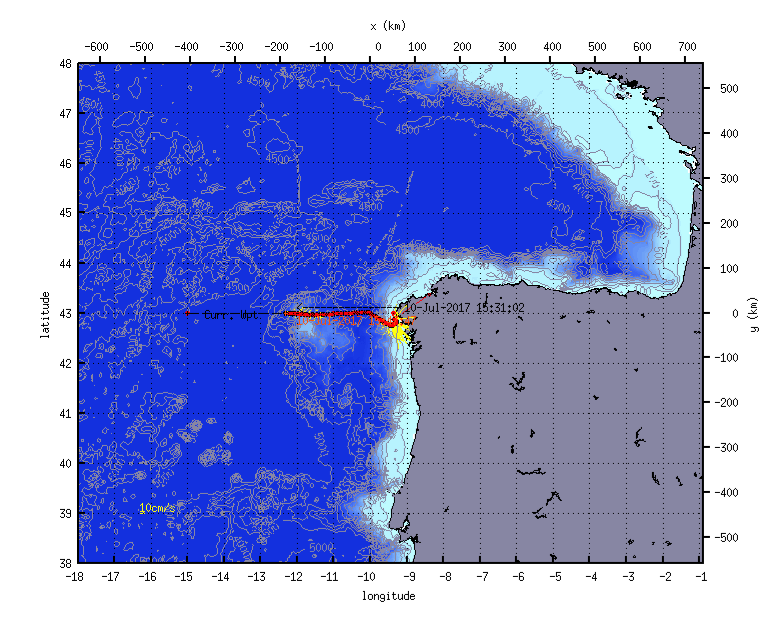
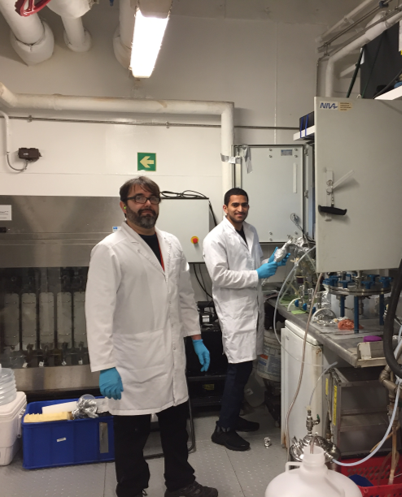
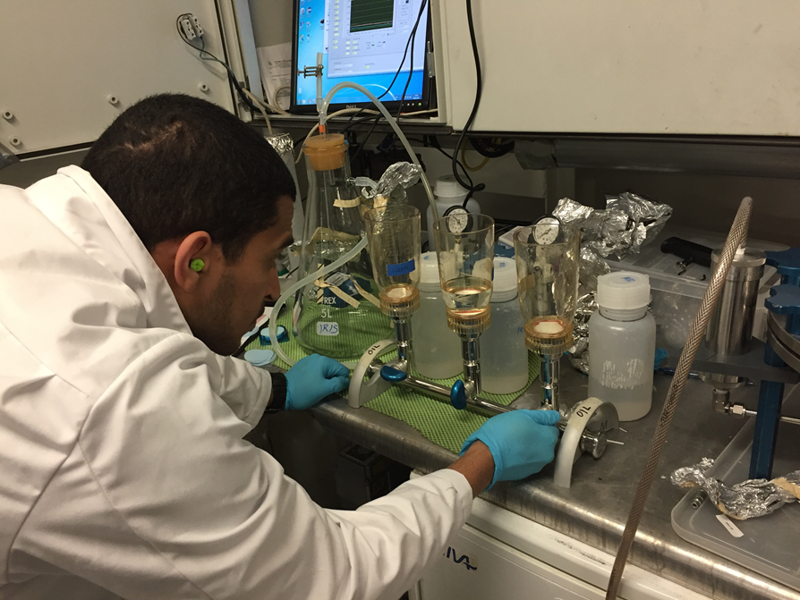
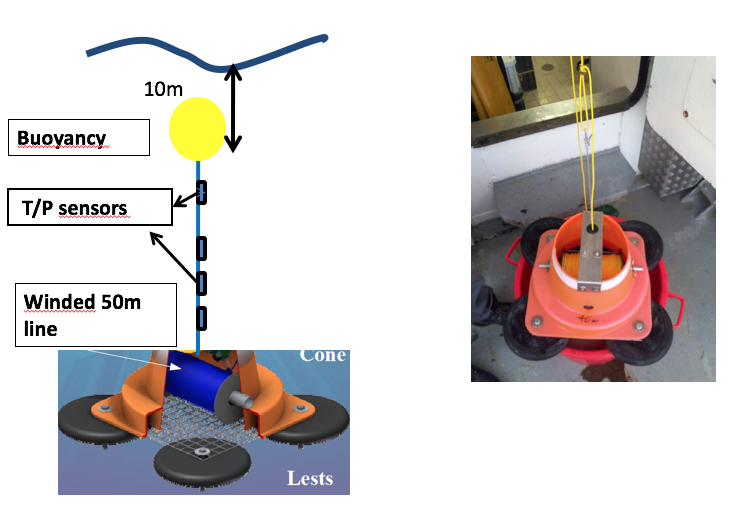
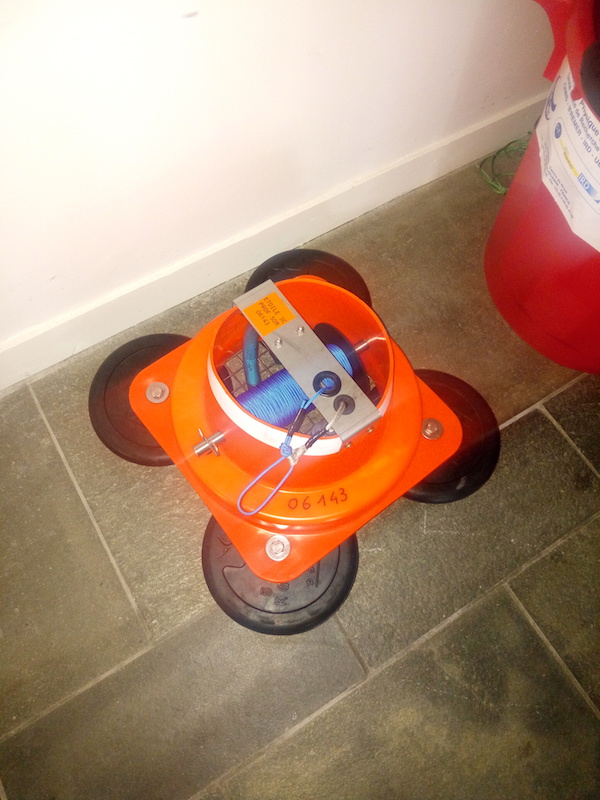
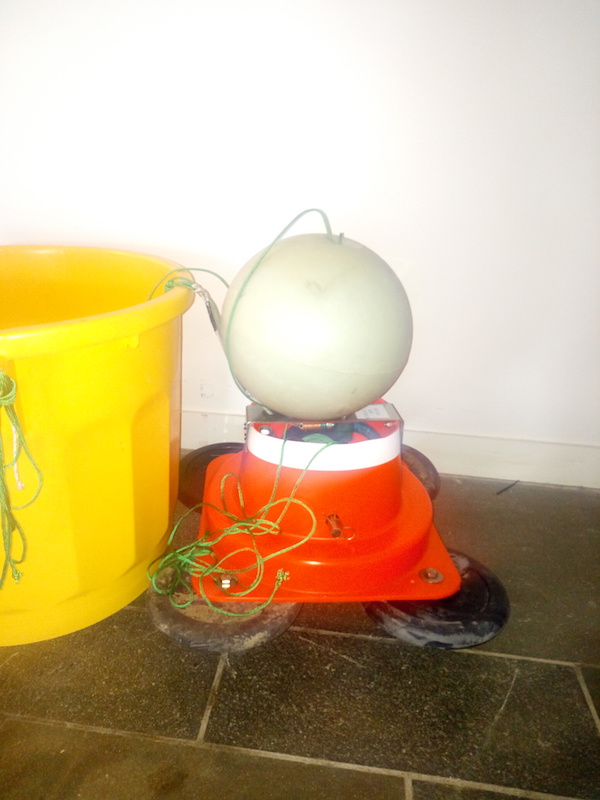
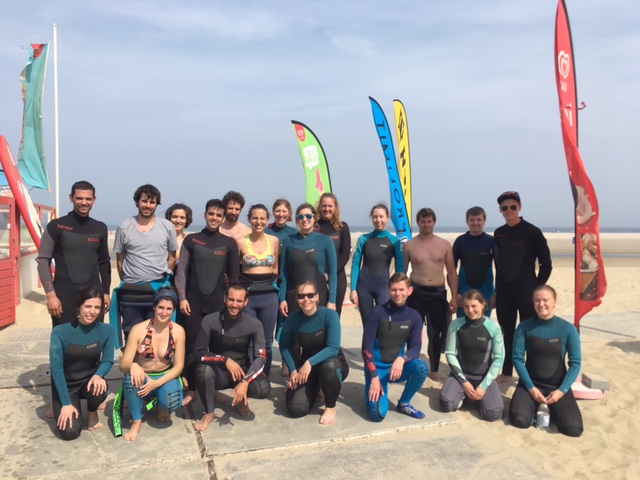
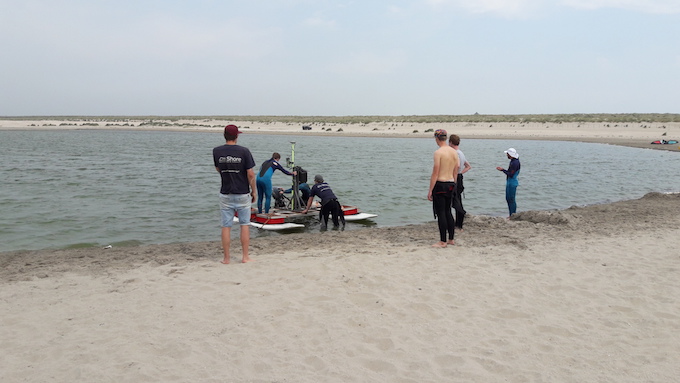
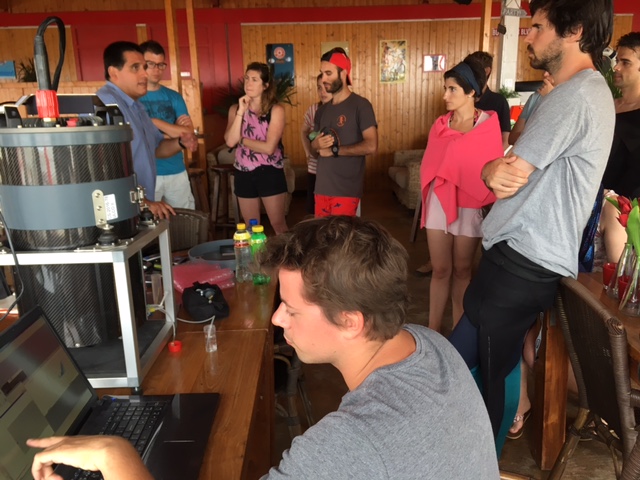
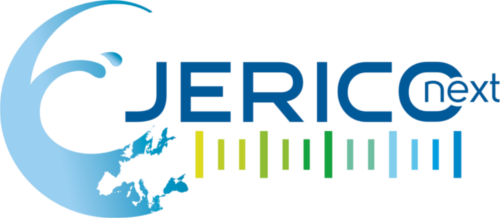
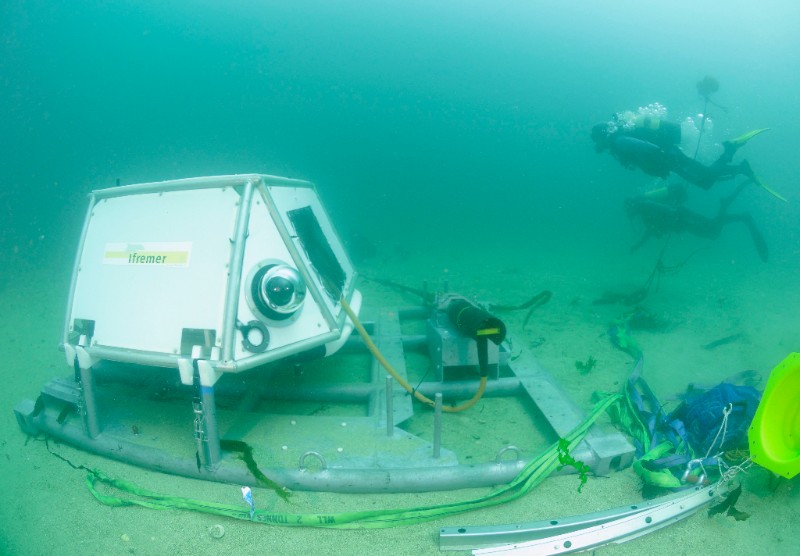
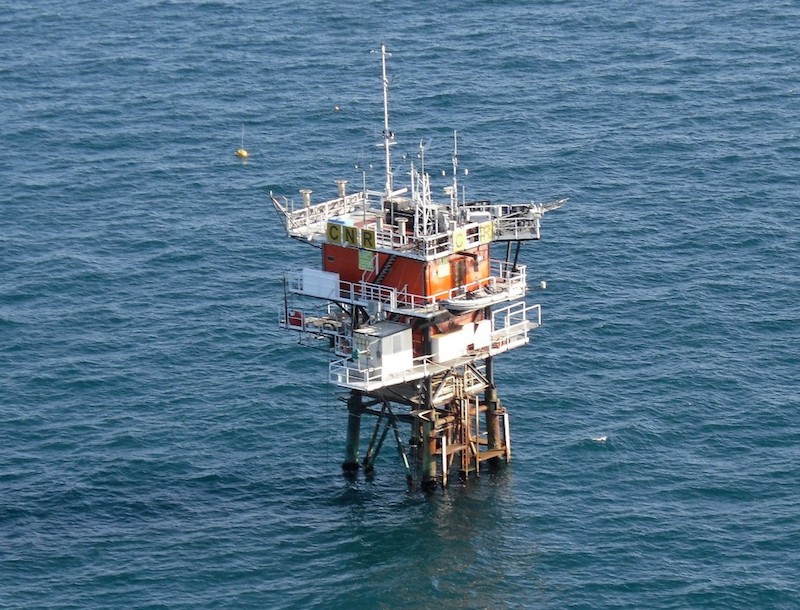
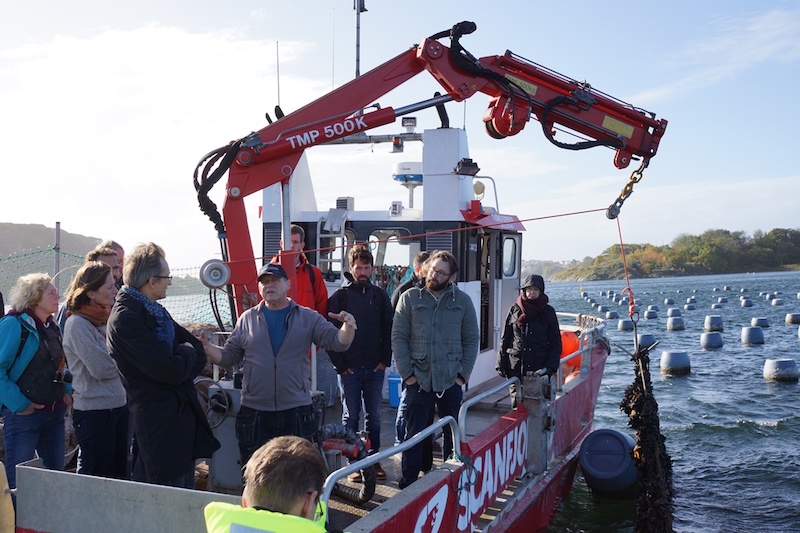

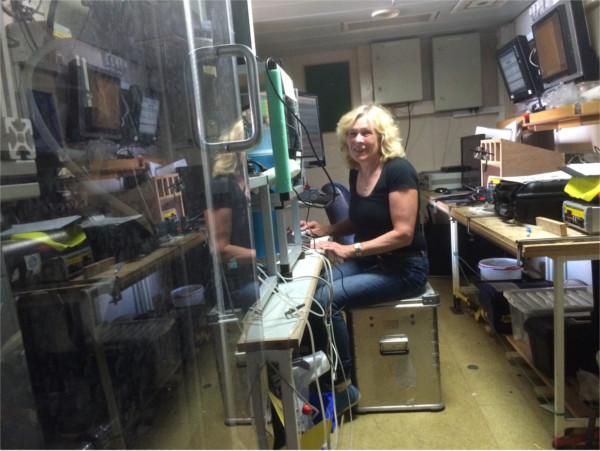
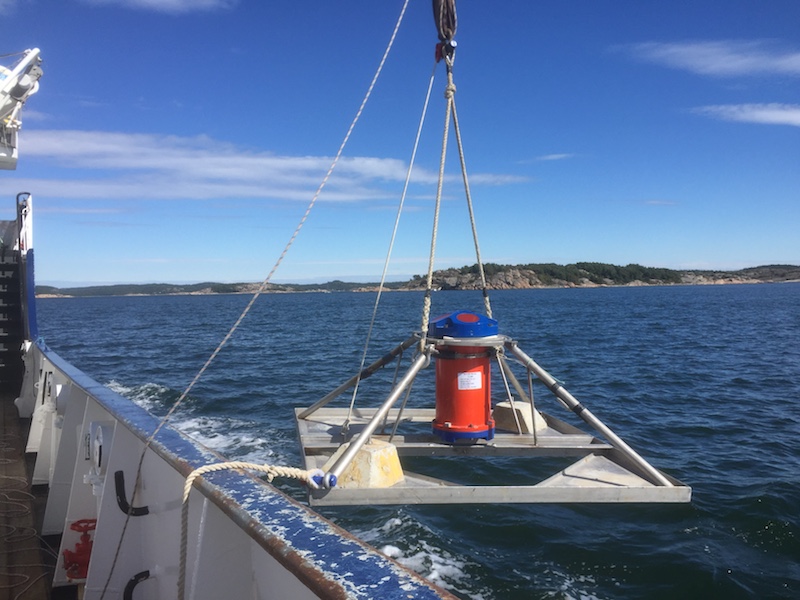
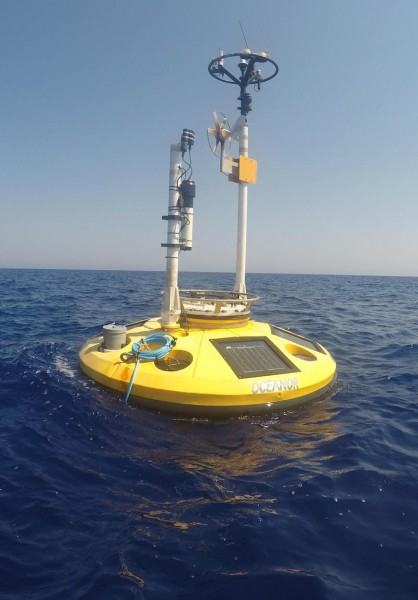
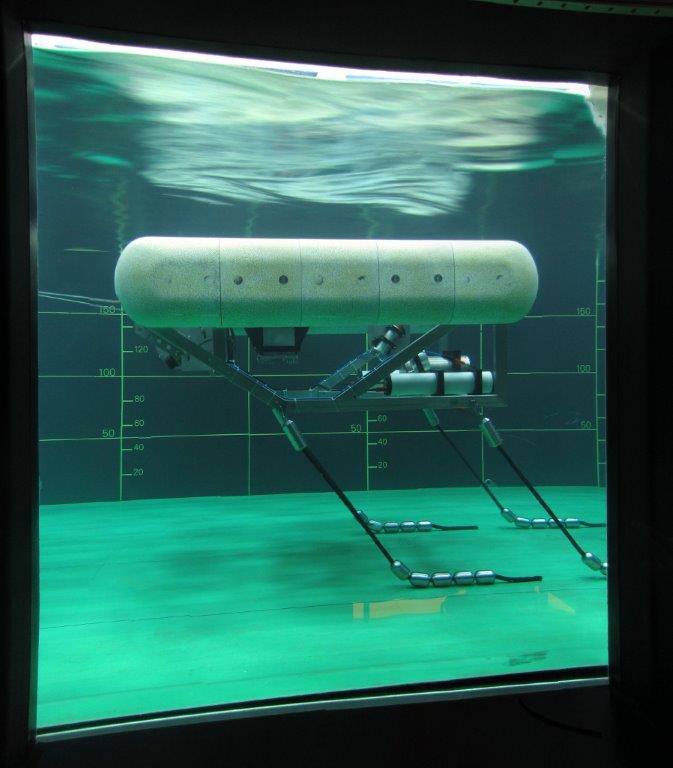
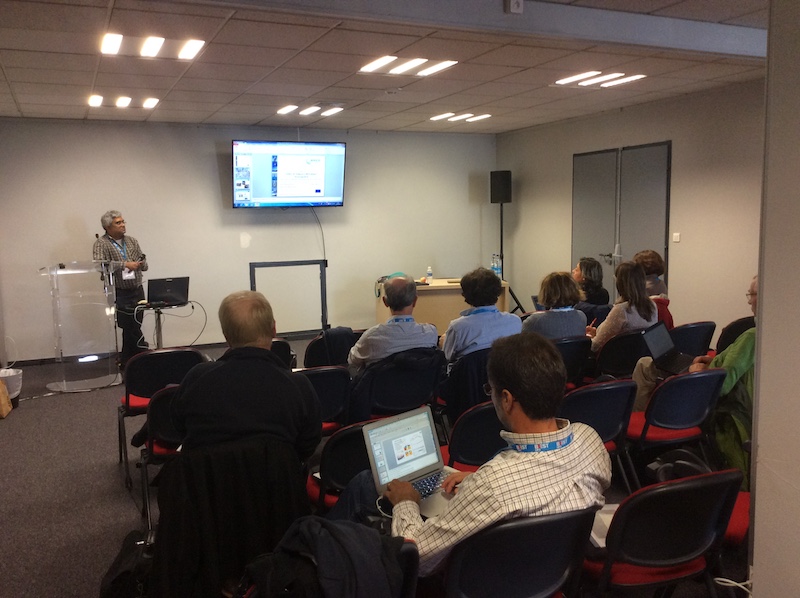
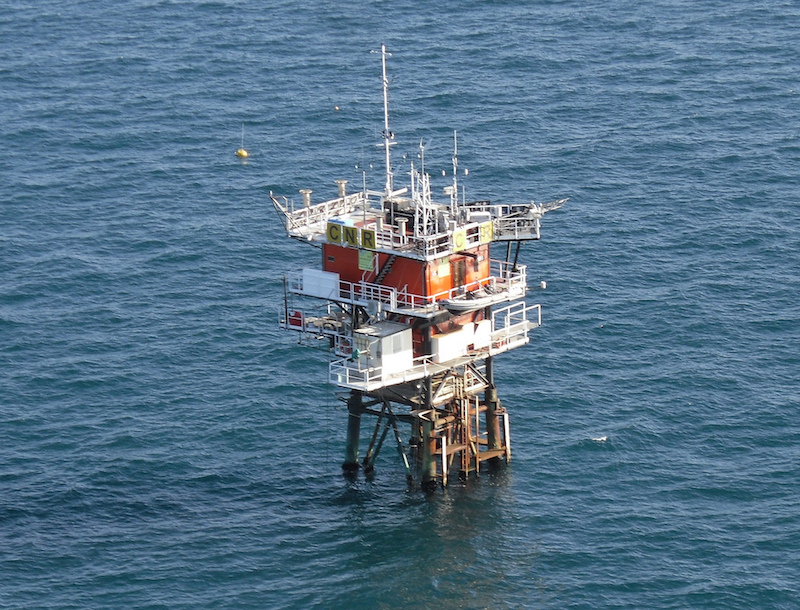
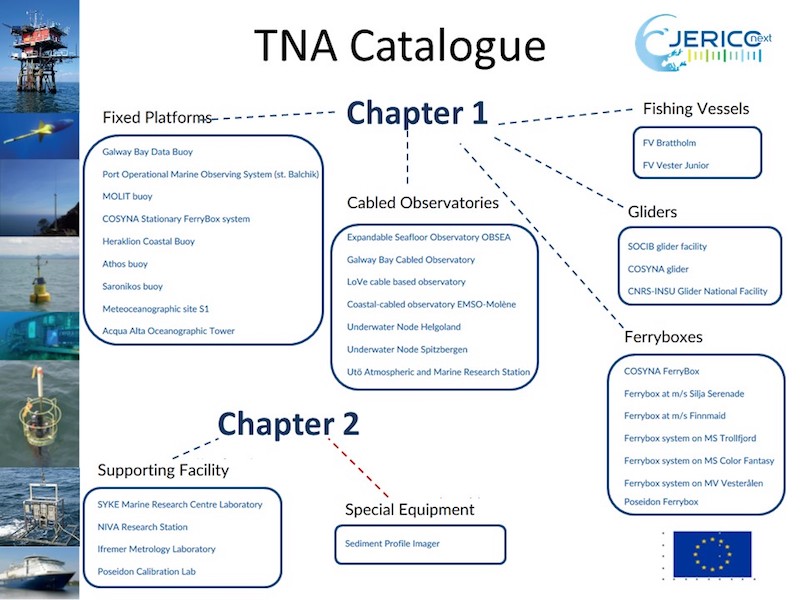
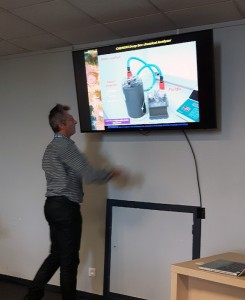
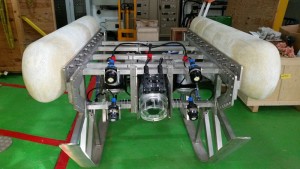
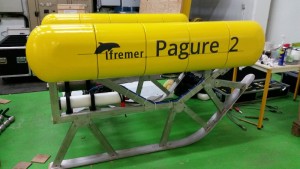
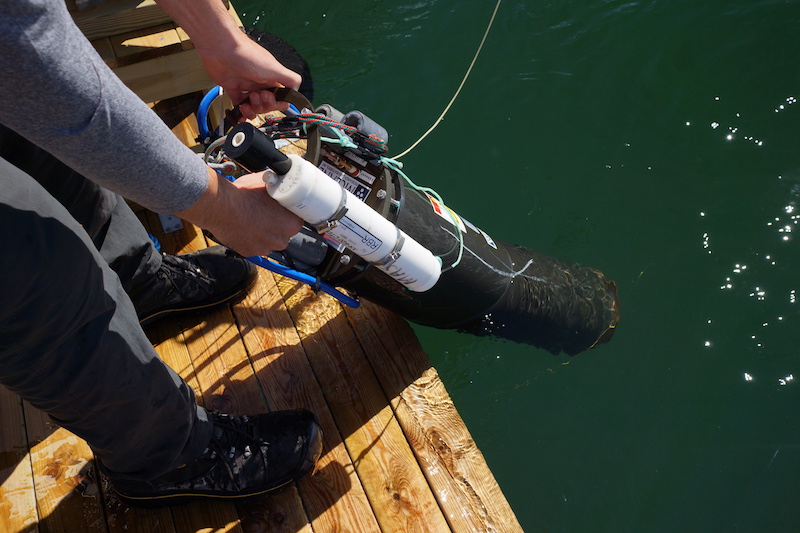
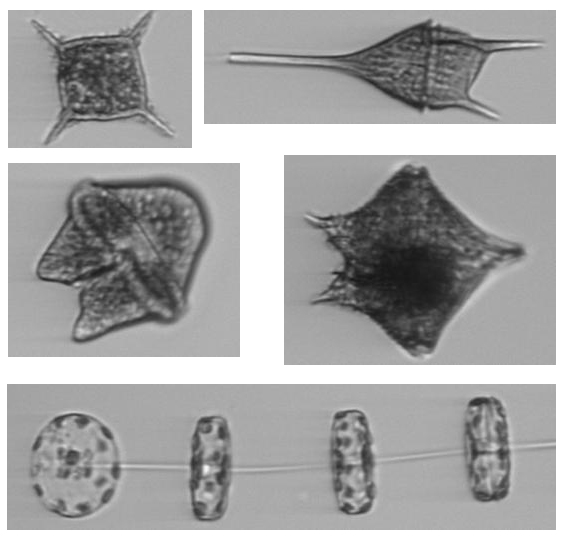
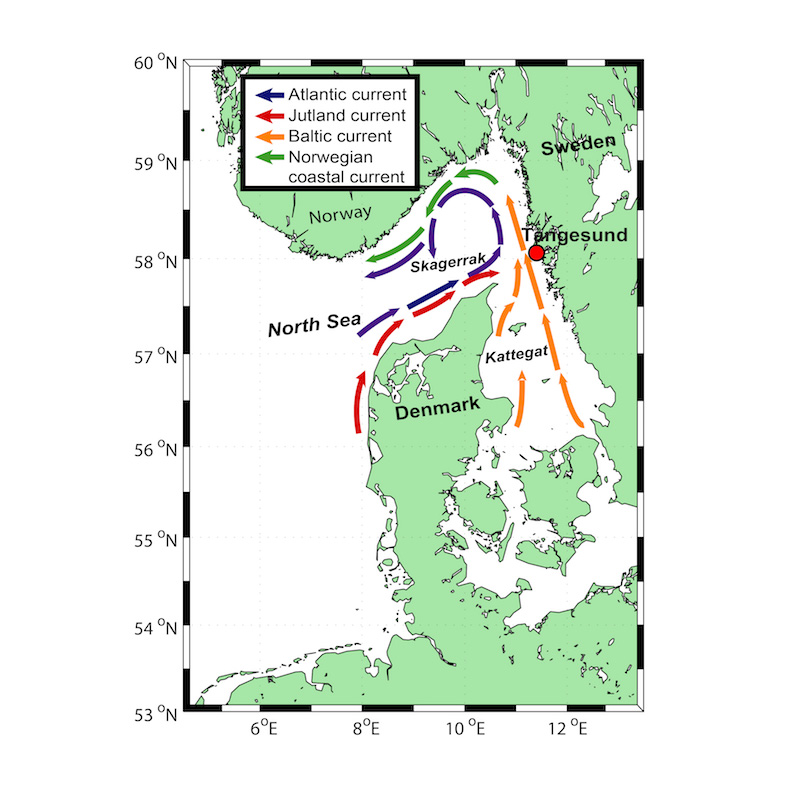
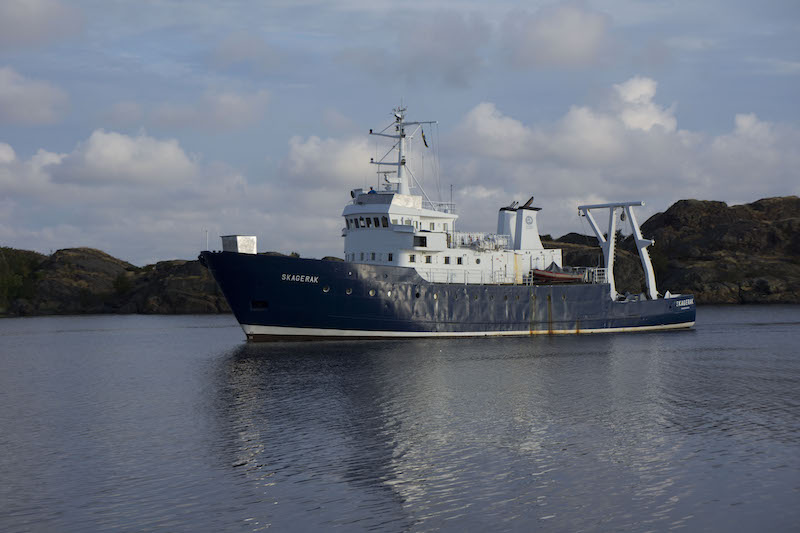
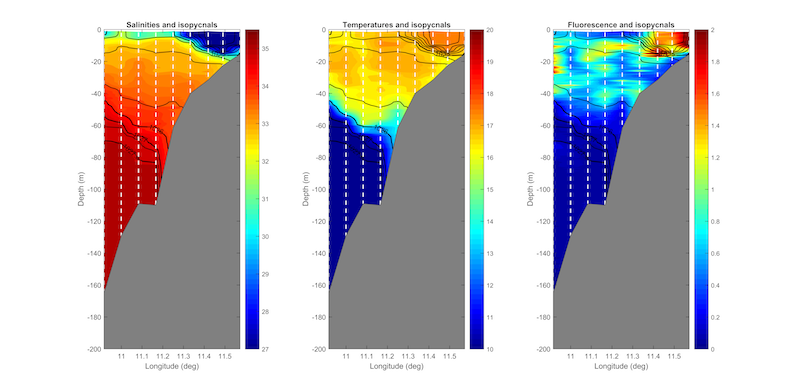
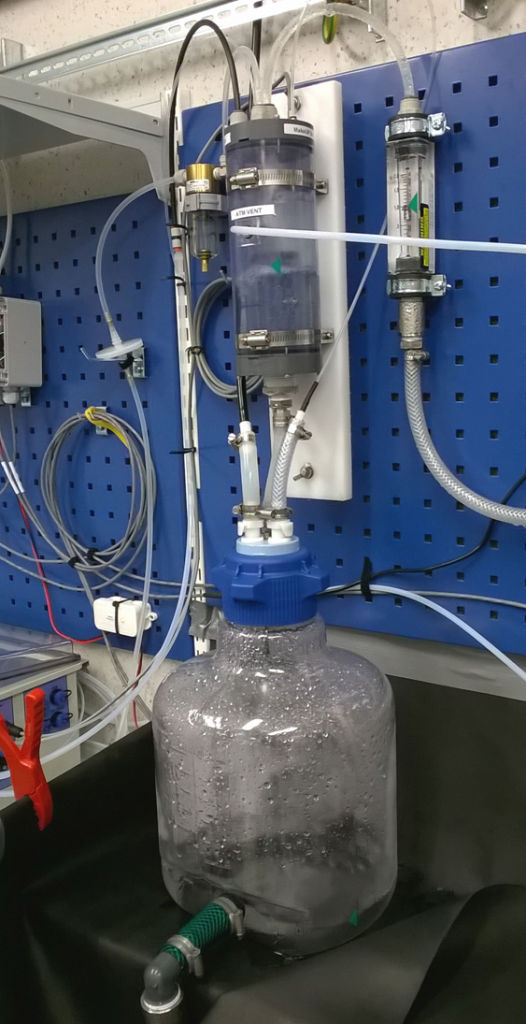
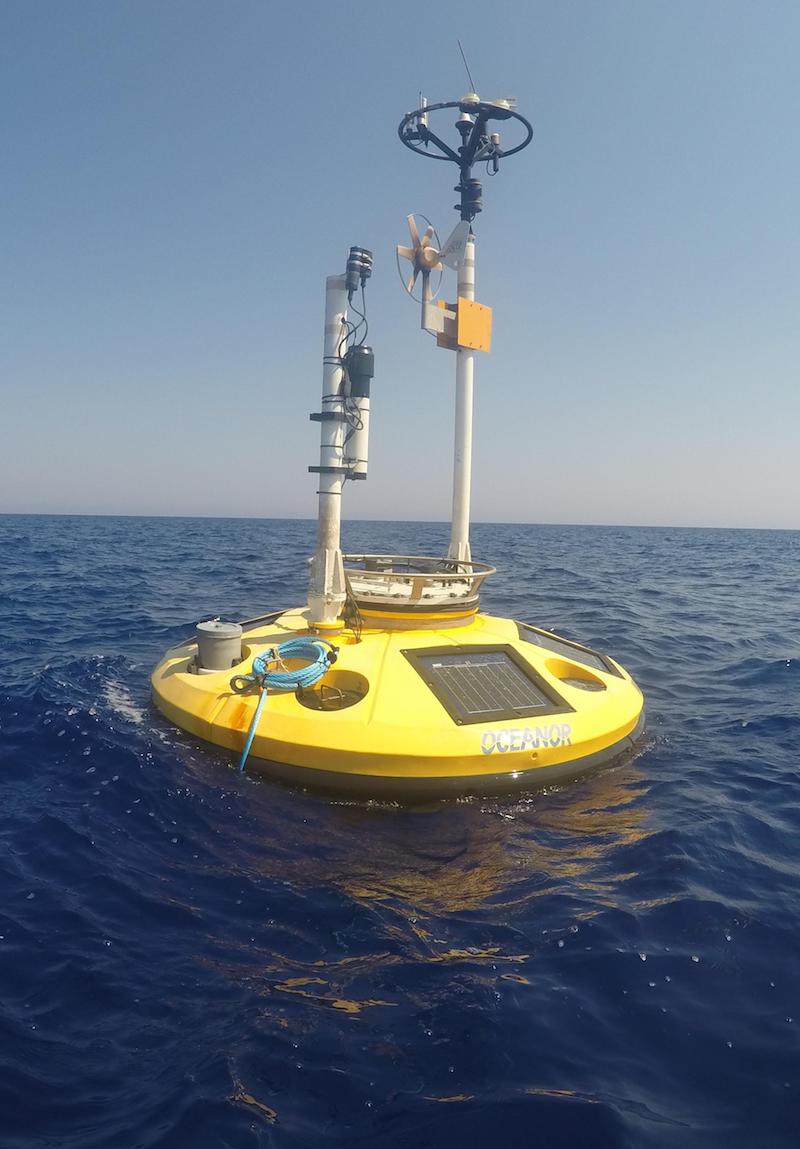
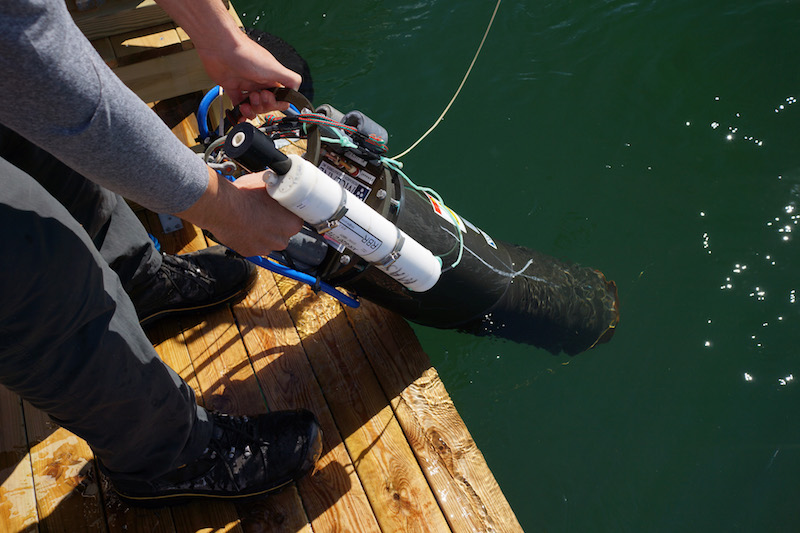
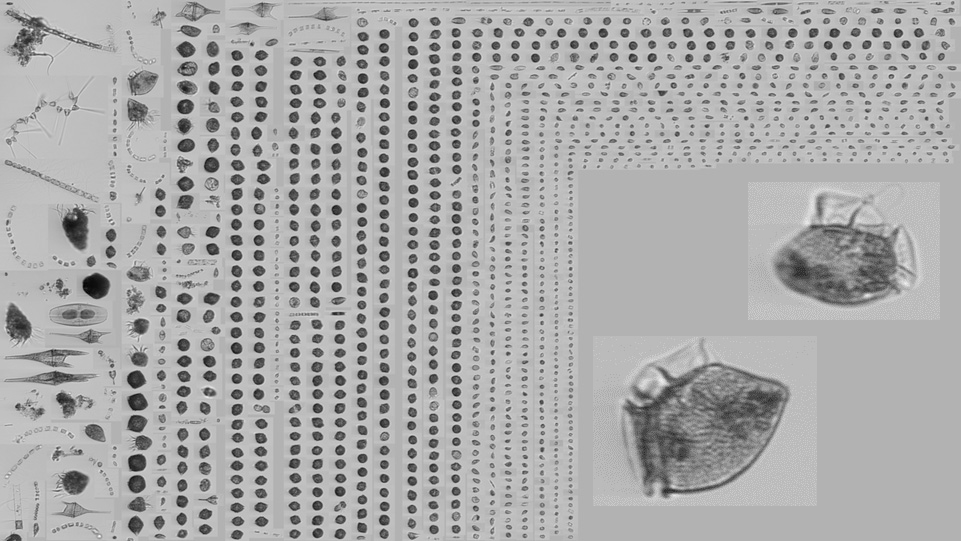
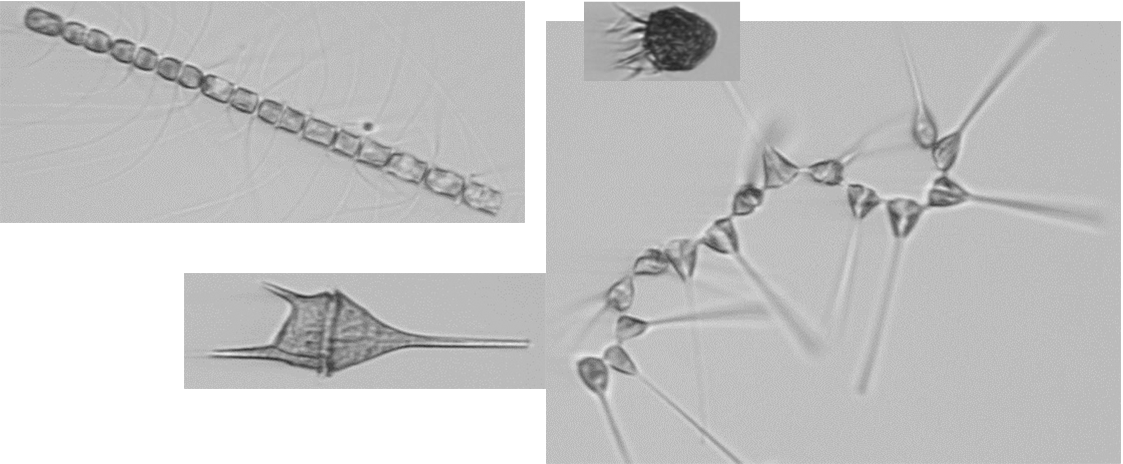
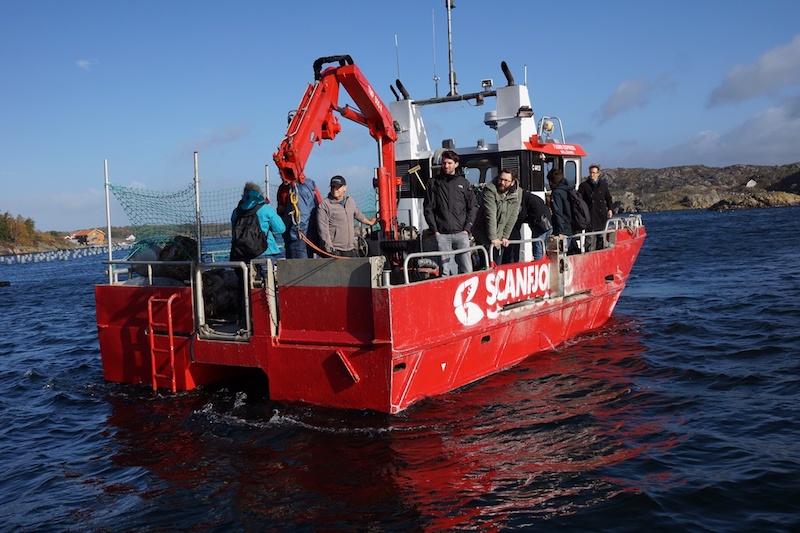
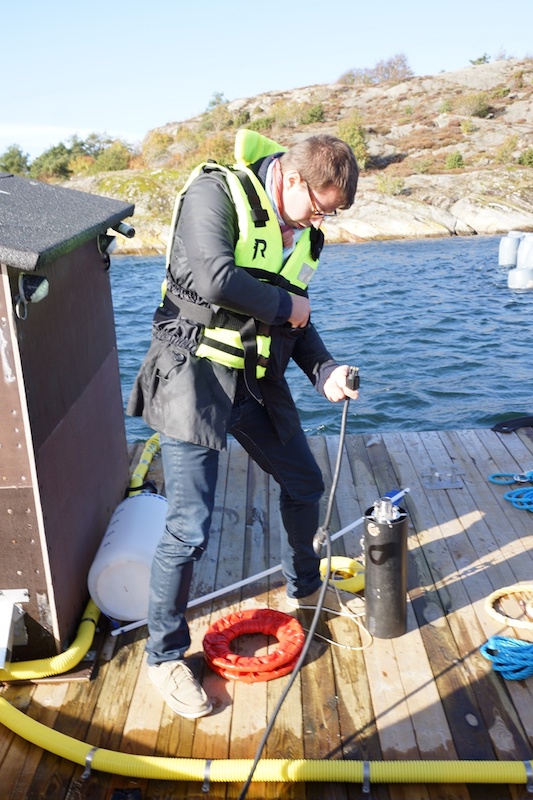
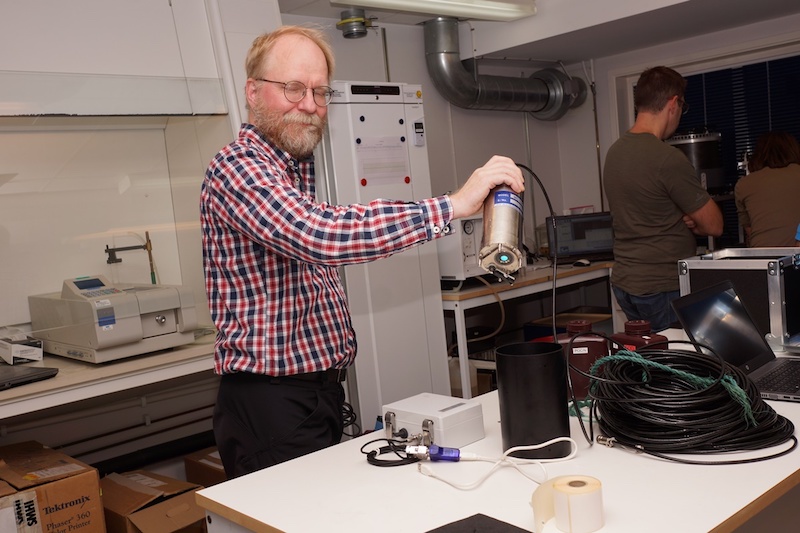
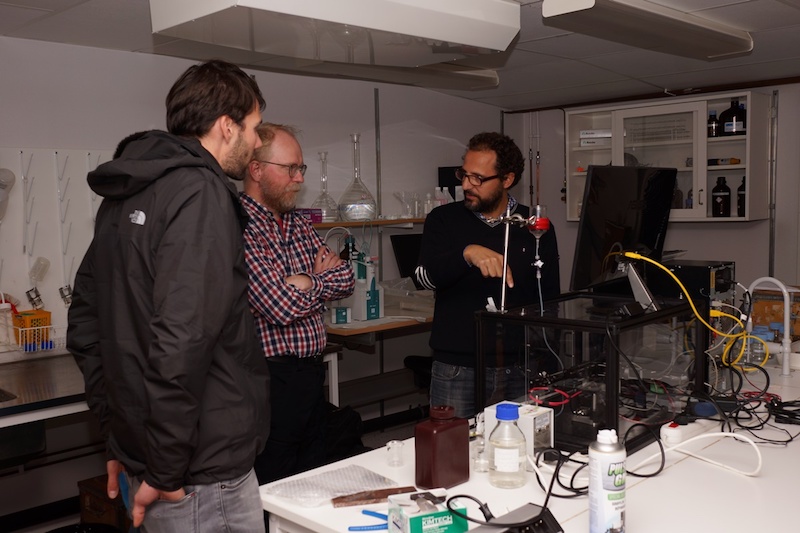
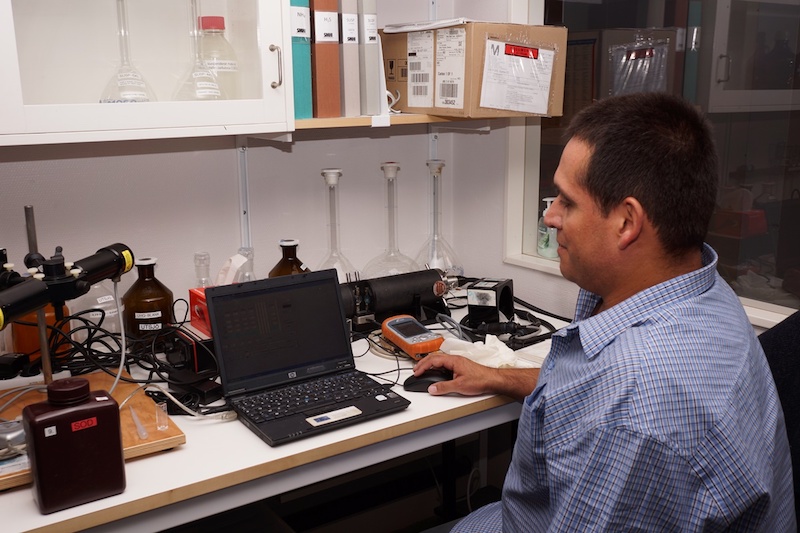
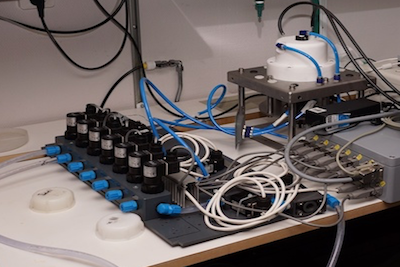
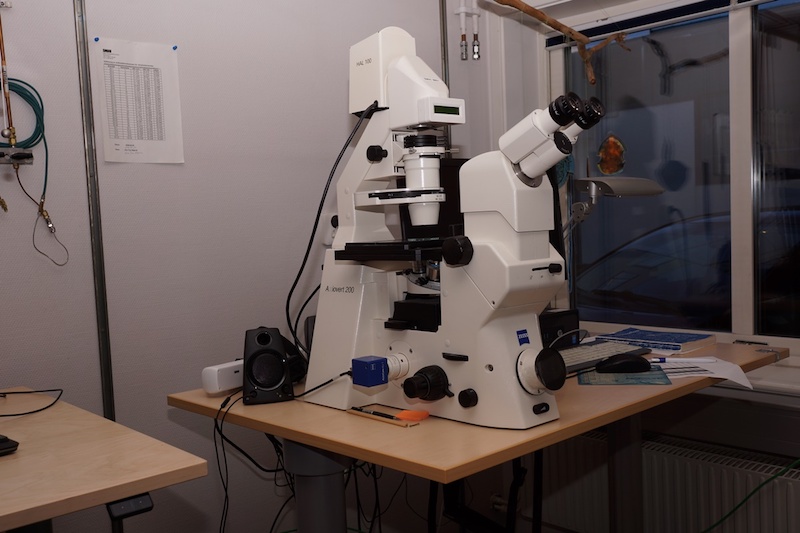
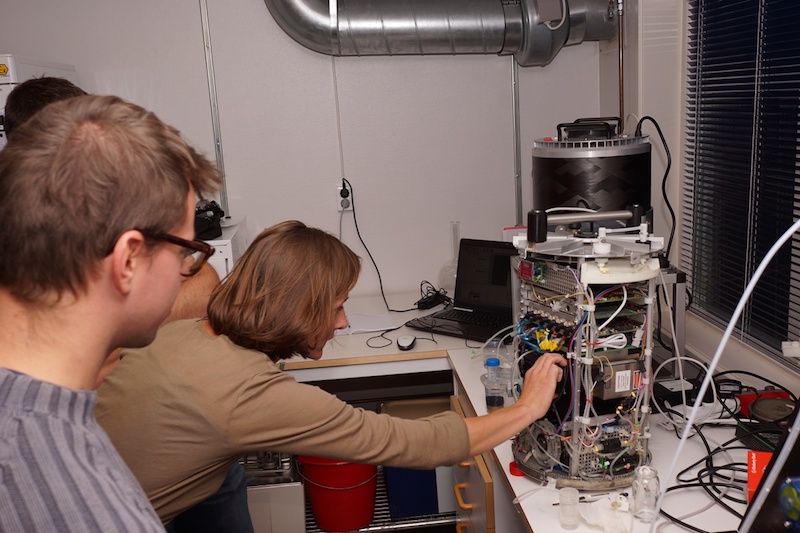
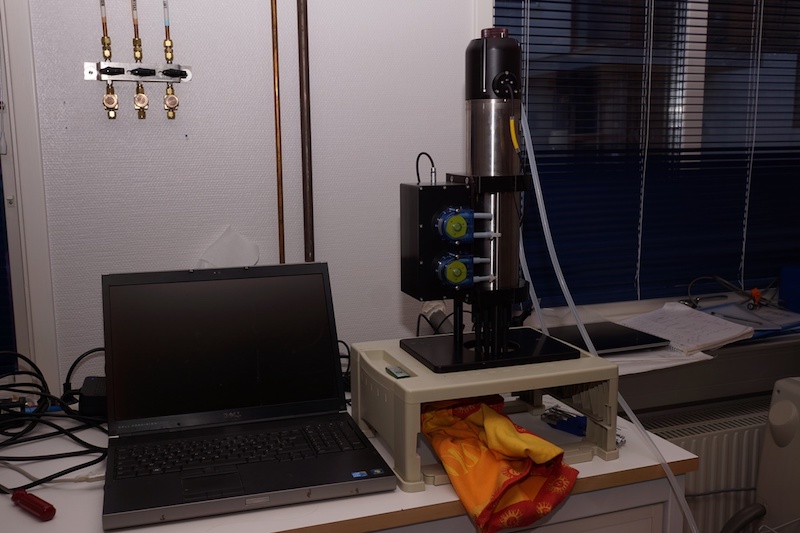
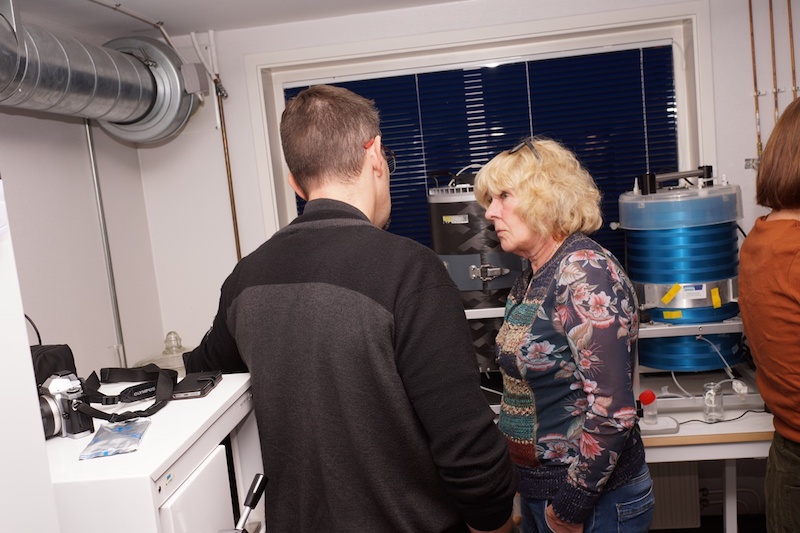
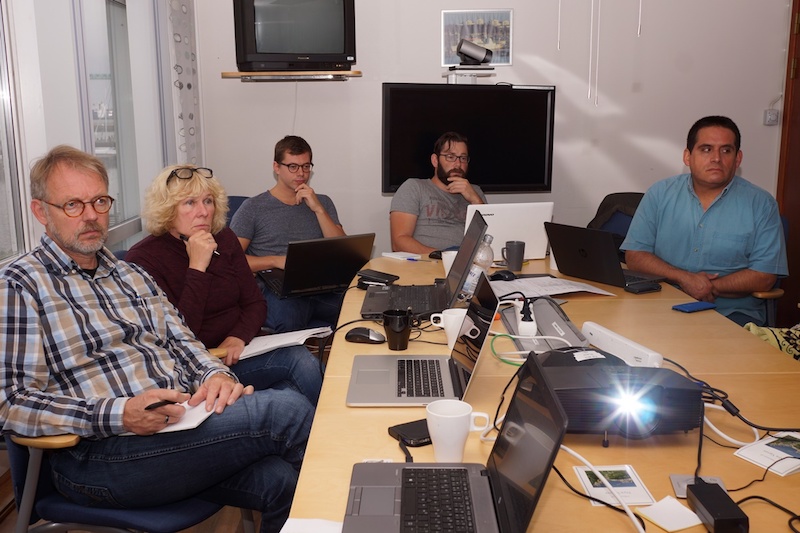
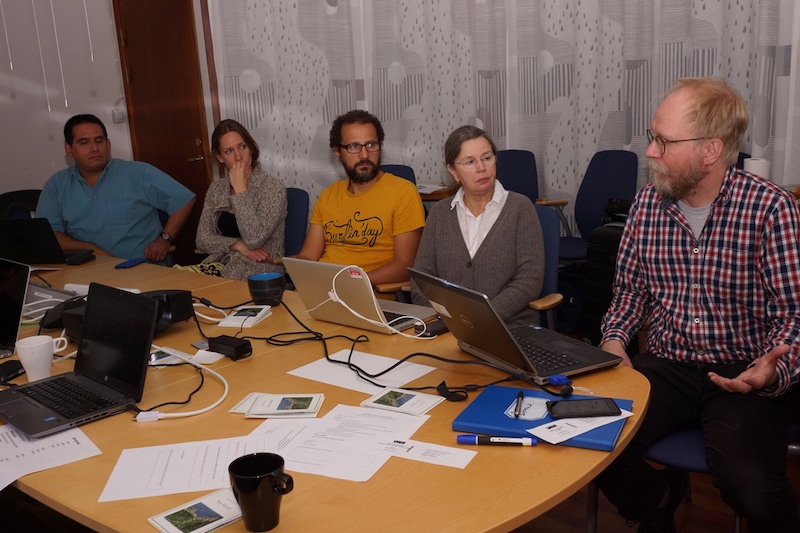
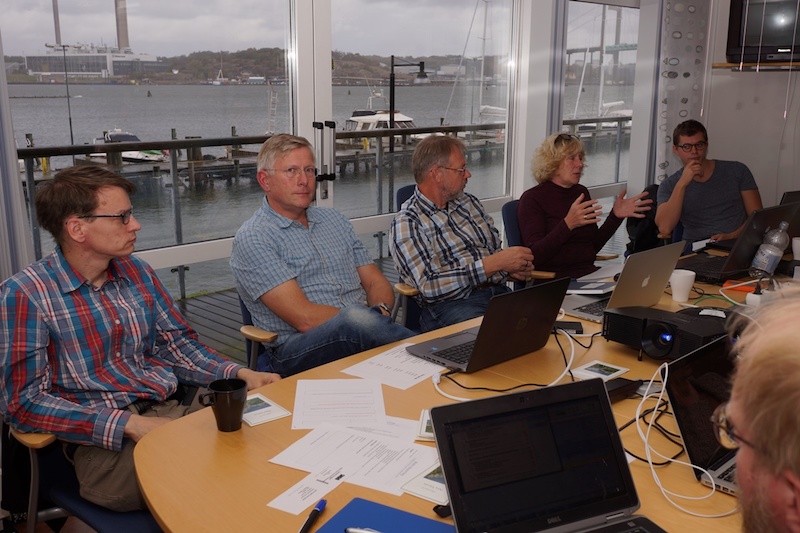
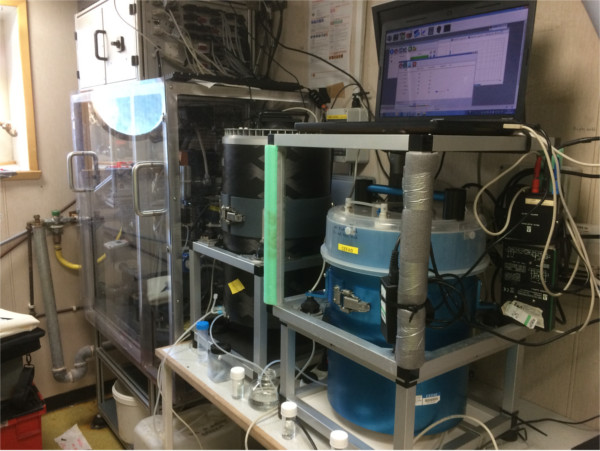
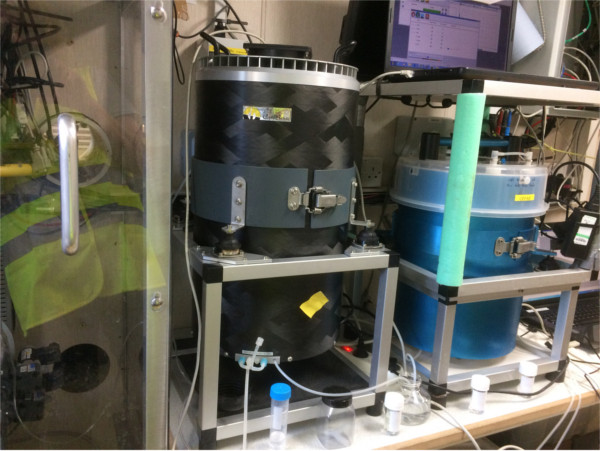
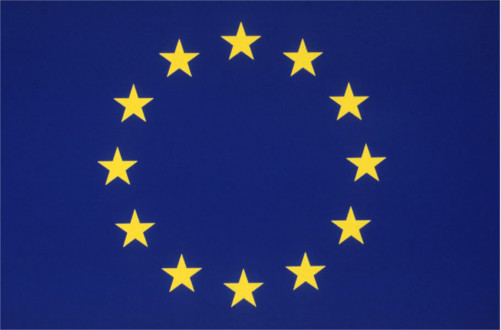
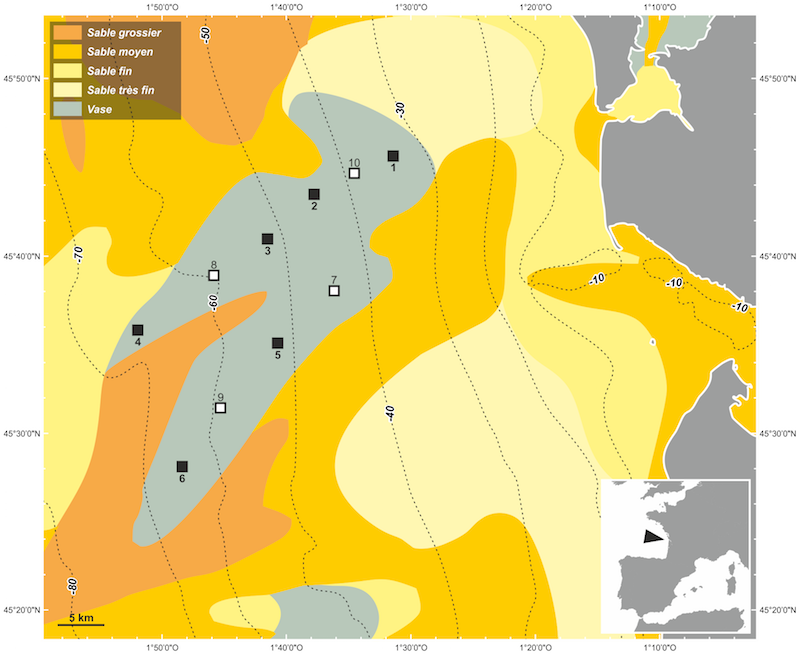
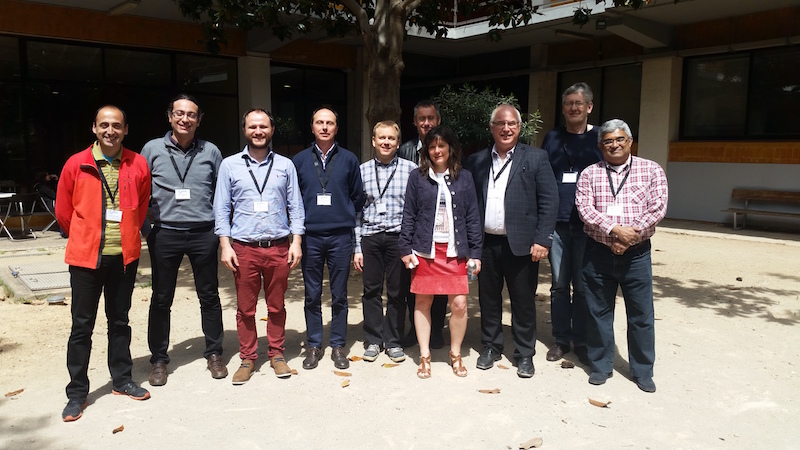 On the 19th & 20th April, the Cabled Observataries Workshop took place in Vilanova i la Geltrú, Spain, organized by UPC-Obsea.
On the 19th & 20th April, the Cabled Observataries Workshop took place in Vilanova i la Geltrú, Spain, organized by UPC-Obsea.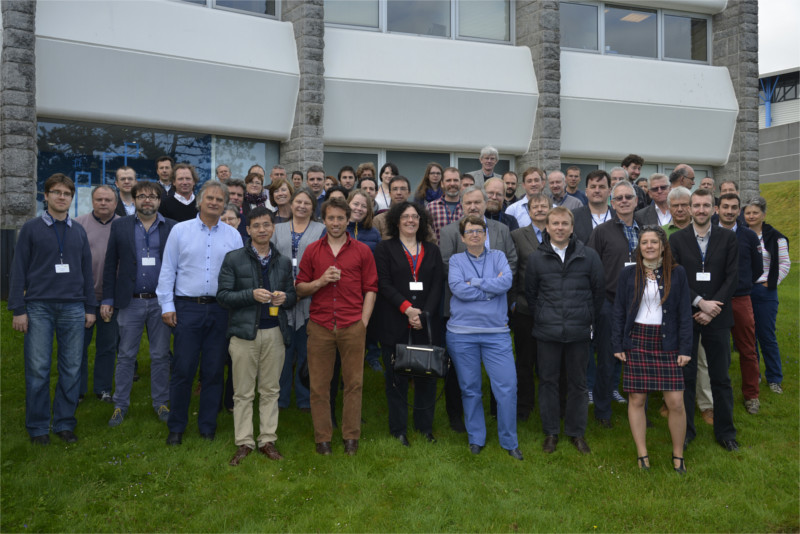
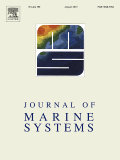
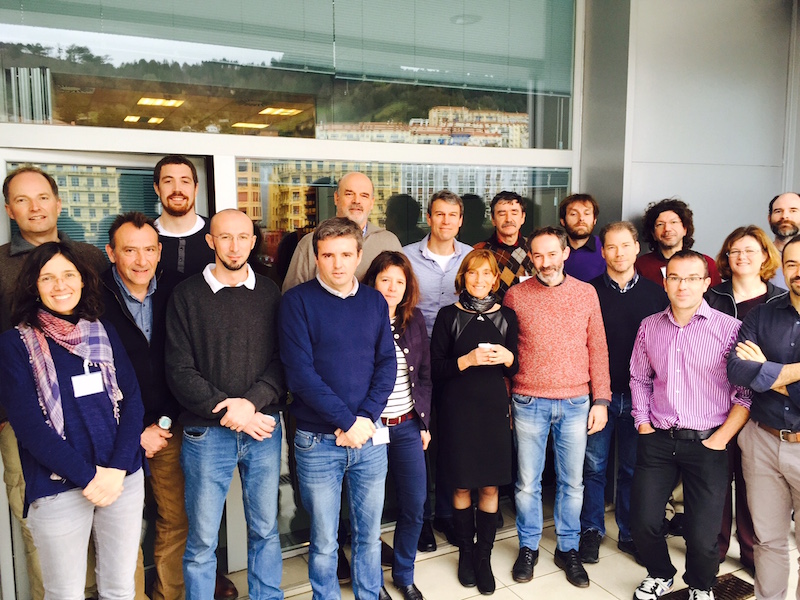 The first workshop on HF Radar developments in JERICO-NEXT was held in San Sebastian on March 9th to 11th, 2016. This very successful meeting joined the main partners dealing with HF Radars in JERICO-NEXT, with participation of 22 people and 12 different Institutions from 7 European countries.
The first workshop on HF Radar developments in JERICO-NEXT was held in San Sebastian on March 9th to 11th, 2016. This very successful meeting joined the main partners dealing with HF Radars in JERICO-NEXT, with participation of 22 people and 12 different Institutions from 7 European countries.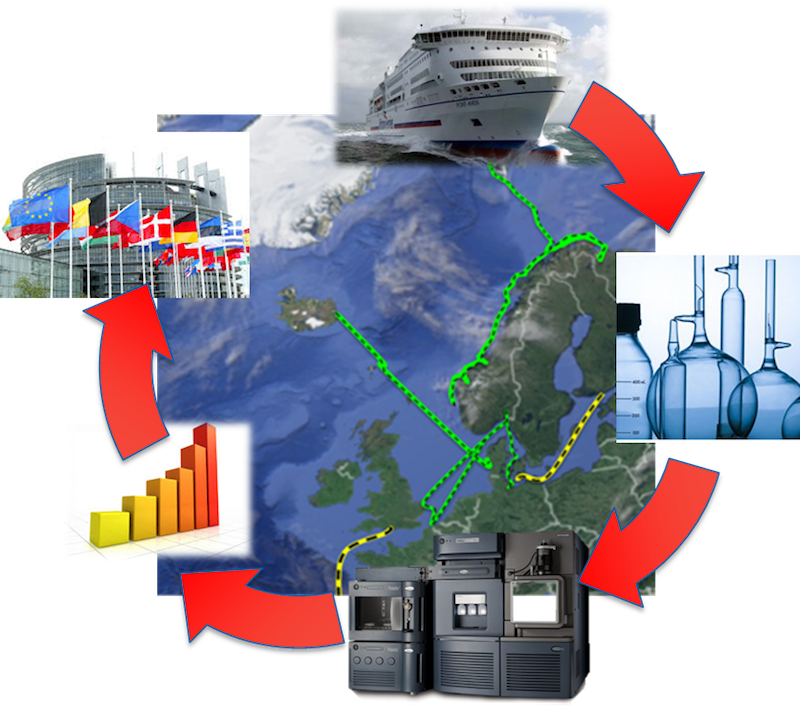
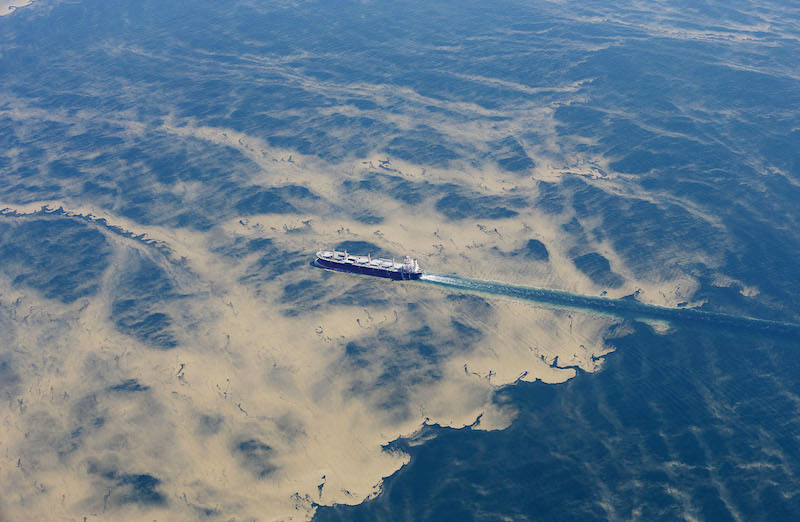
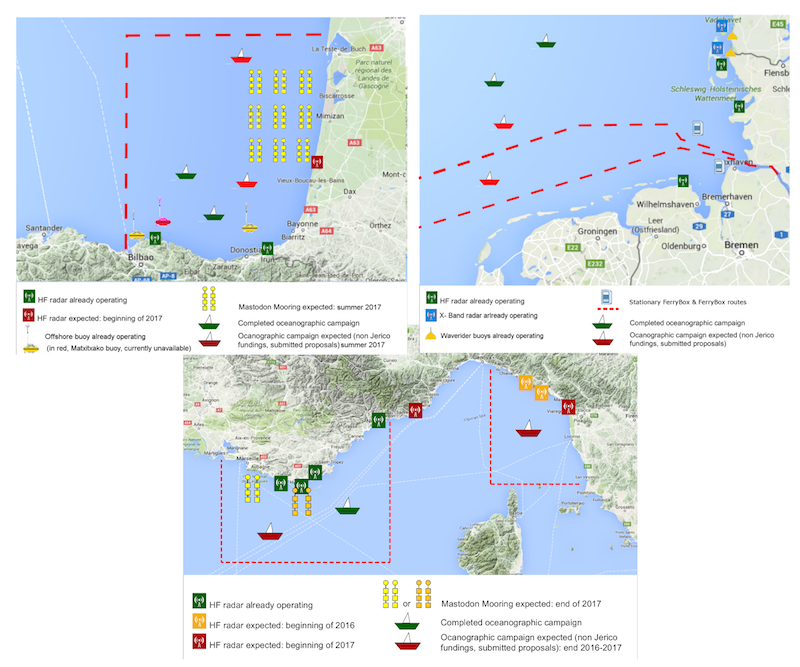
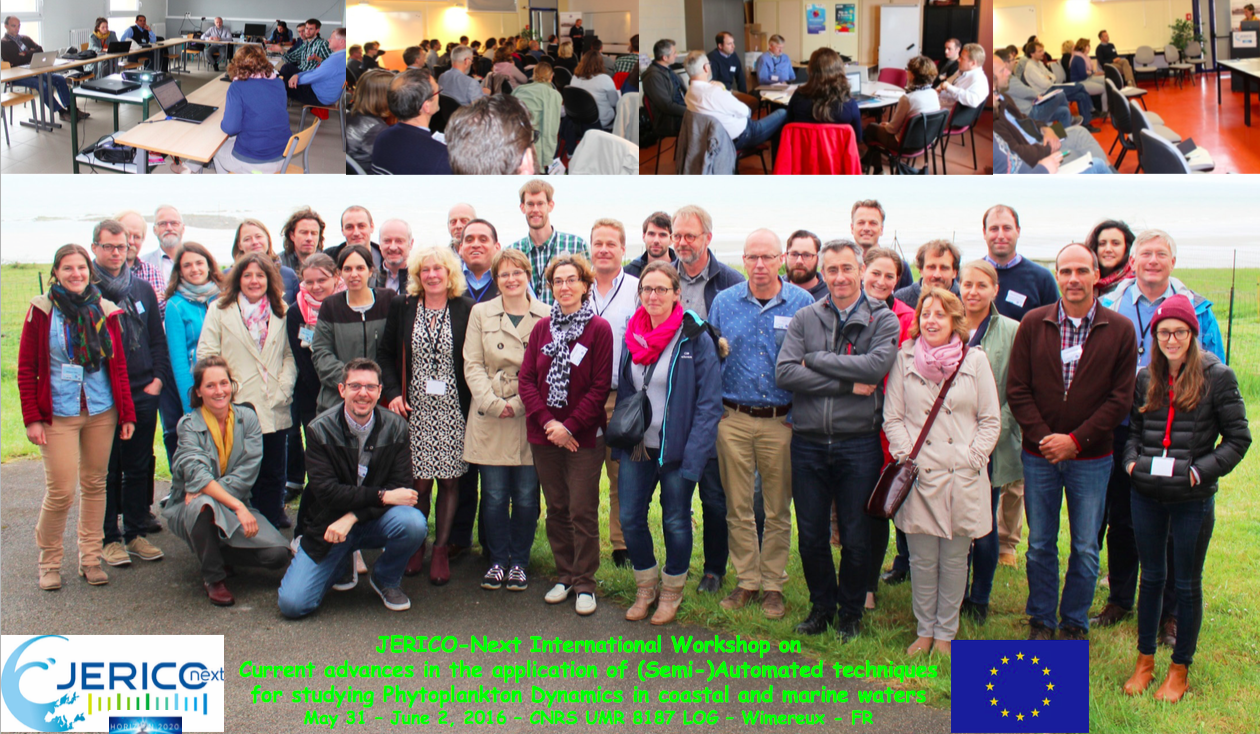
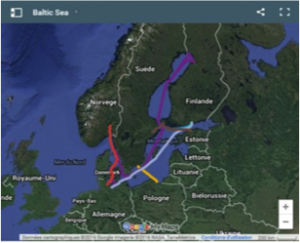
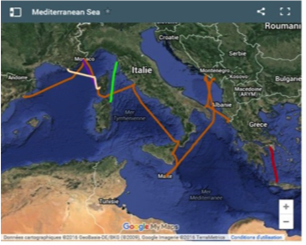
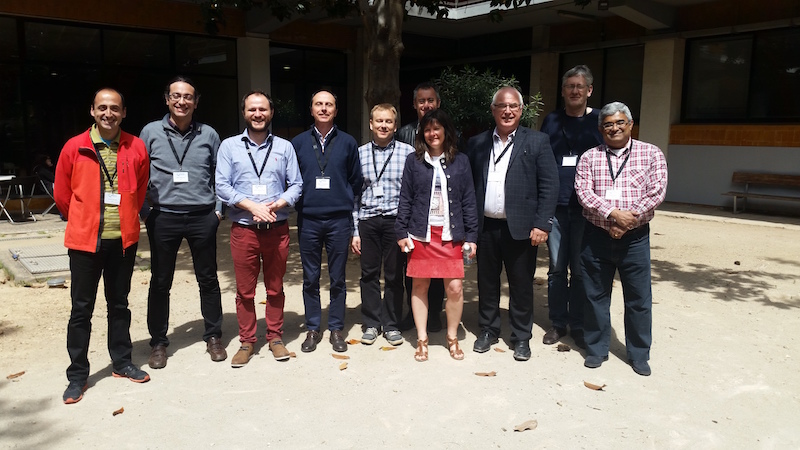

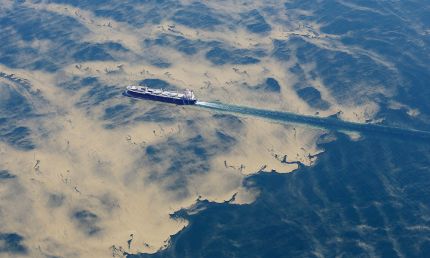
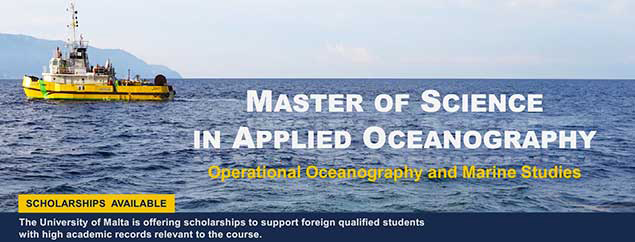
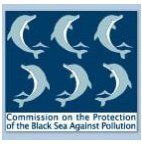 n and eutrophication
n and eutrophication 
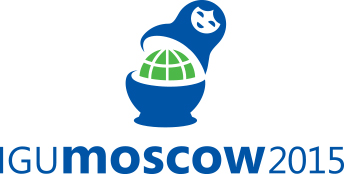 The Regional Conference of the International Geographer’s Union (IGU) will take place in Moscow next summer for the third time since the International Geographical Congress of 1976, when over 2,000 participants from around the world gathered in the Soviet capital for lectures, discussions, workshops and excursions. The pace of global change has since accelerated in directions that once seemed unimaginable.
The Regional Conference of the International Geographer’s Union (IGU) will take place in Moscow next summer for the third time since the International Geographical Congress of 1976, when over 2,000 participants from around the world gathered in the Soviet capital for lectures, discussions, workshops and excursions. The pace of global change has since accelerated in directions that once seemed unimaginable.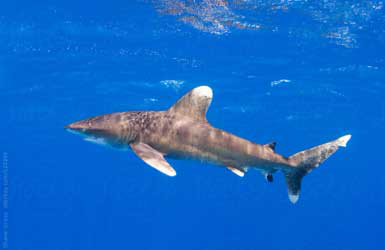
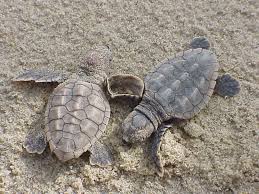
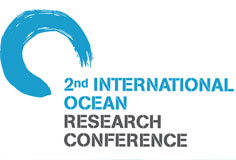
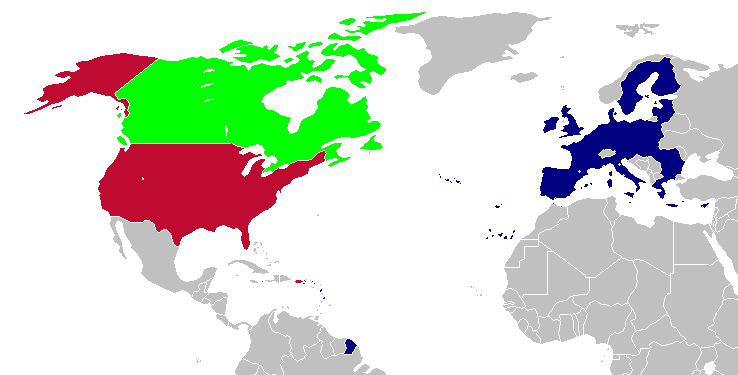
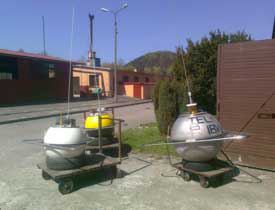
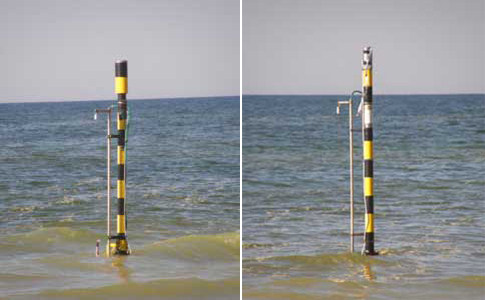
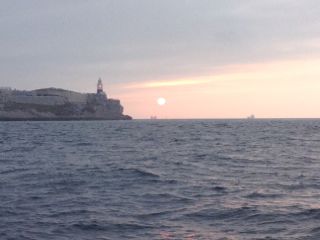 “Europe’s maritime interests are fundamentally linked to the well-being, prosperity and security of its citizens and communities. Some 90% of the EU’s external trade and 40% of its internal trade is transported by sea. The EU is the third largest importer and the fifth global producer of fisheries and aquaculture. More than 400 million passengers pass through EU ports each year. It depends on open, safe seas and oceans for free trade, transport, tourism, ecological diversity, and for economic development. Failing to protect against a wide array of maritime threats and risks may result in the seas and oceans becoming arenas for international conflicts, terrorism or organised crime.”
“Europe’s maritime interests are fundamentally linked to the well-being, prosperity and security of its citizens and communities. Some 90% of the EU’s external trade and 40% of its internal trade is transported by sea. The EU is the third largest importer and the fifth global producer of fisheries and aquaculture. More than 400 million passengers pass through EU ports each year. It depends on open, safe seas and oceans for free trade, transport, tourism, ecological diversity, and for economic development. Failing to protect against a wide array of maritime threats and risks may result in the seas and oceans becoming arenas for international conflicts, terrorism or organised crime.”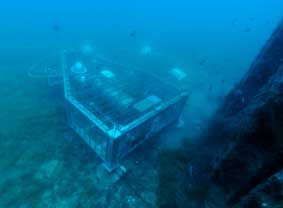


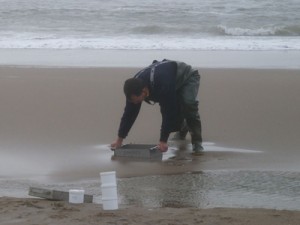 Field visit and demo Sand Engine coastal observatory: HF Radar, Argus camera, jetski with sonar.Field visit and demo Sand Engine coastal observatory: HF Radar, Argus camera, jetski with sonar.
Field visit and demo Sand Engine coastal observatory: HF Radar, Argus camera, jetski with sonar.Field visit and demo Sand Engine coastal observatory: HF Radar, Argus camera, jetski with sonar.
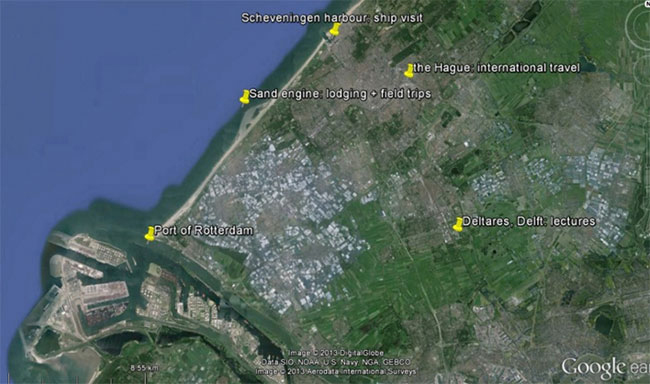
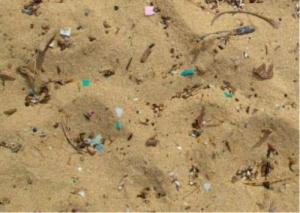 Those marine worms play a key ecological role as an important source of food for other animals. Work by Stephanie Wright from the University of Exeter found that if ocean sediments are heavily contaminated with microplastics, marine lugworms eat less and their energy levels suffer.
Those marine worms play a key ecological role as an important source of food for other animals. Work by Stephanie Wright from the University of Exeter found that if ocean sediments are heavily contaminated with microplastics, marine lugworms eat less and their energy levels suffer. 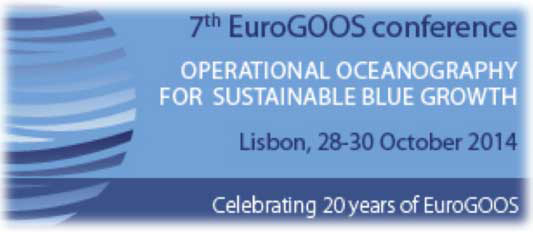
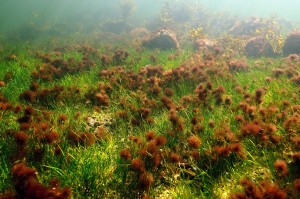 Countries have committed to the objectives set in the Action Plan, and the progress made – or lack thereof – is assessed every few years at Ministerial Meetings, the latest of which was held in Copenhagen on 3 October 2013 (Ministerial Declaration). To facilitate the evaluation of the progress on the Action Plan implementation, HELCOM produced and released a range of new assessments and reports, “Eutrophication status of the Baltic Sea 2007-2011.A concise thematic assessment” being one of them.
Countries have committed to the objectives set in the Action Plan, and the progress made – or lack thereof – is assessed every few years at Ministerial Meetings, the latest of which was held in Copenhagen on 3 October 2013 (Ministerial Declaration). To facilitate the evaluation of the progress on the Action Plan implementation, HELCOM produced and released a range of new assessments and reports, “Eutrophication status of the Baltic Sea 2007-2011.A concise thematic assessment” being one of them.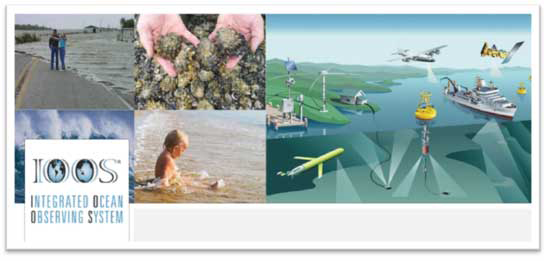
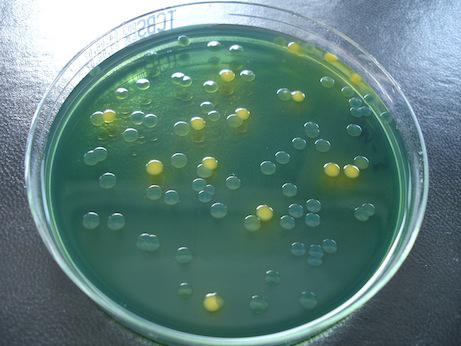
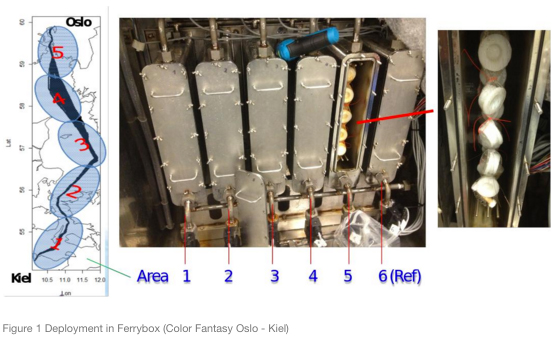
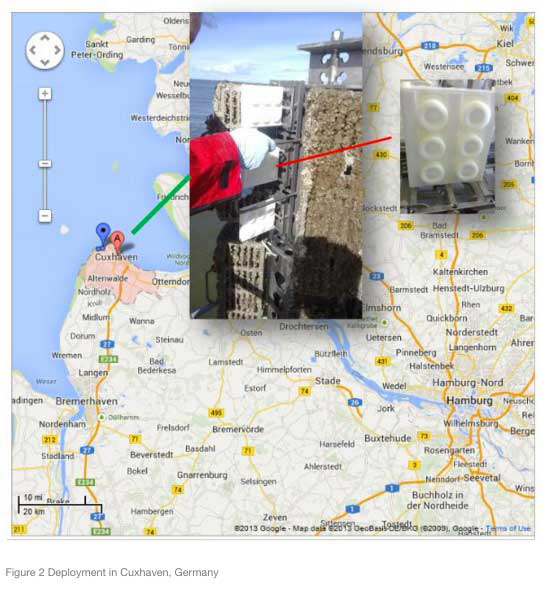

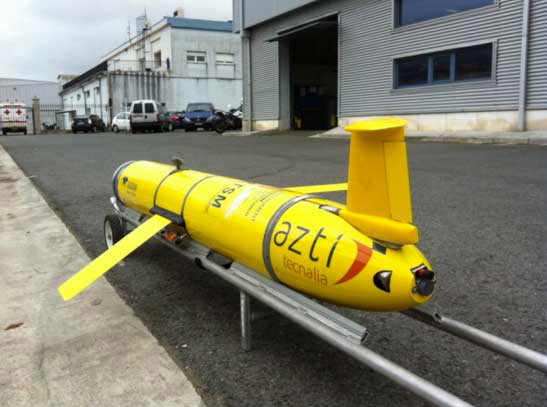
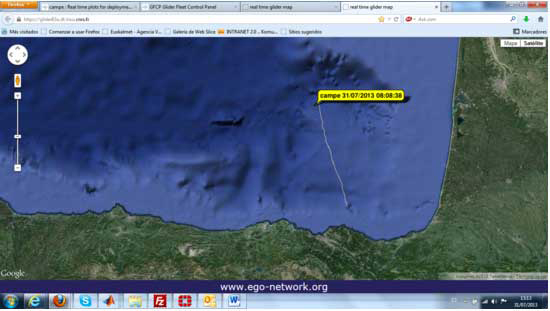
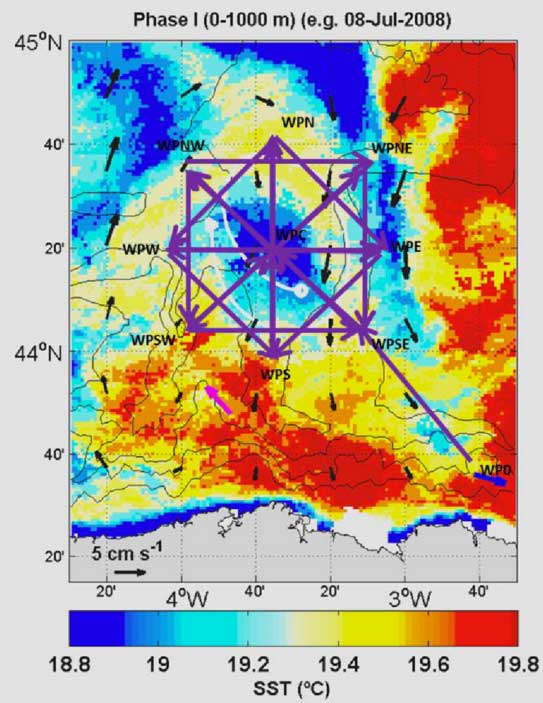
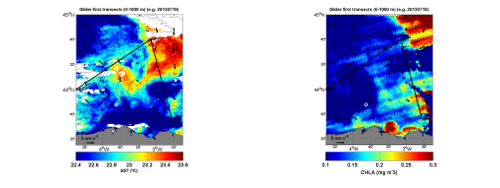

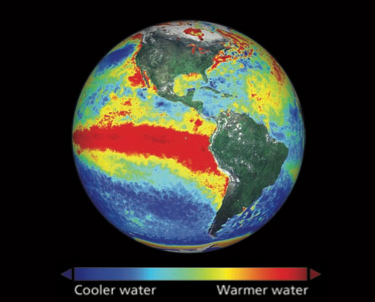
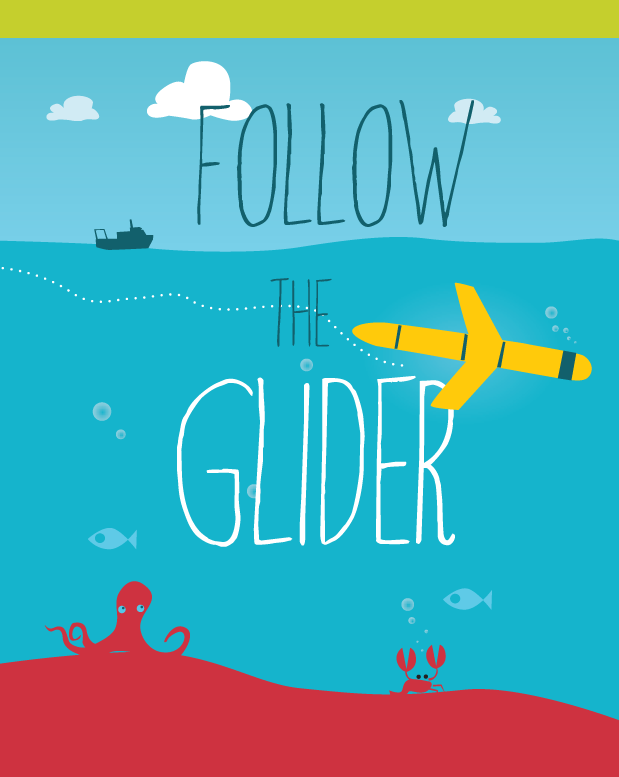
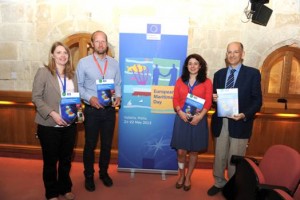
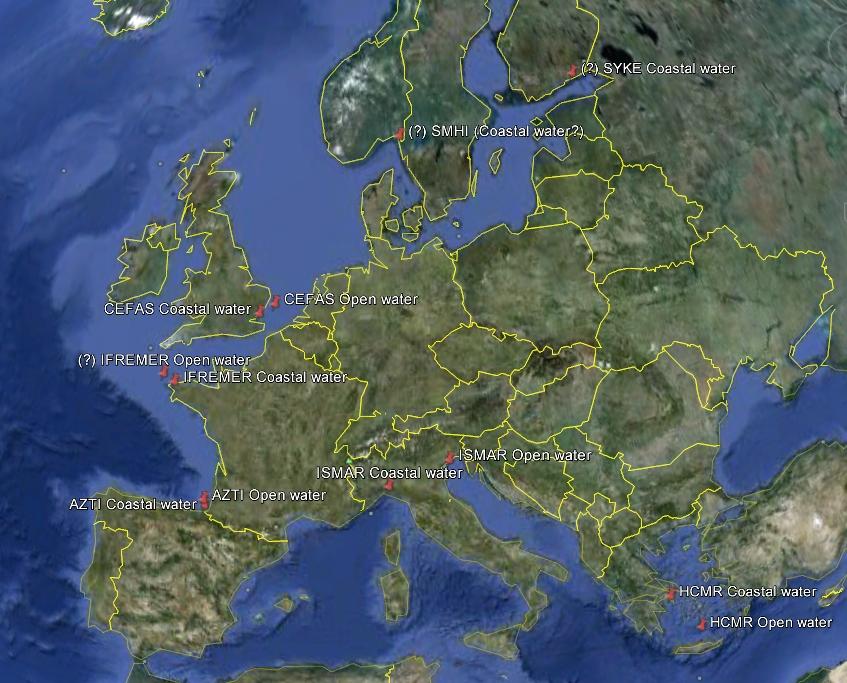
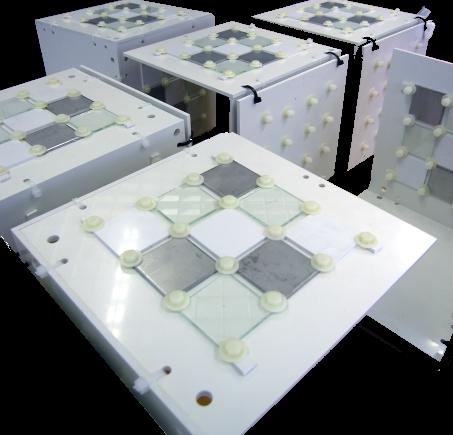
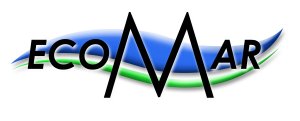
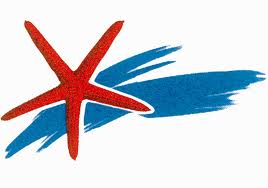 The Congress will be split according to the 6 Committees of the Commission that will discuss areas related to:
The Congress will be split according to the 6 Committees of the Commission that will discuss areas related to: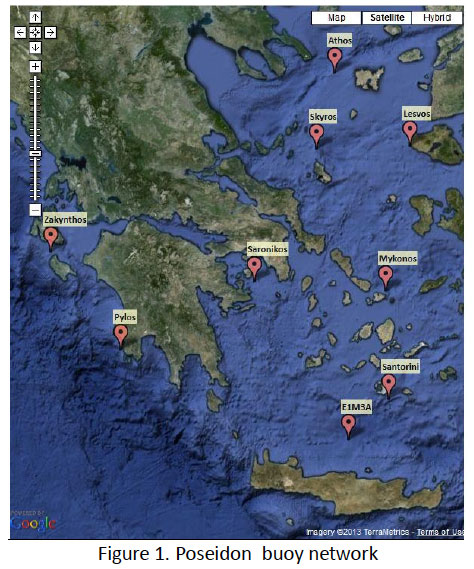 During the last decade HCMR set up the integrated project POSEIDON, a real-time monitoring and forecasting system for the marine environmental conditions in the Aegean Sea. The monitoring network consists of 11 Seawatch oceanographic buoys, equipped with several sensors deployed at multiple depths, and 9 Smart-wave buoys with the capability of online data transmission to the operational centre of HCMR every 3h through the Inmarsat- C satellite or a GSM mobile telephone communication system. The enhanced forecasting component of the system consists of an atmospheric model, an offshore wave model, a general circulation ocean model, a surface pollutant dispersion model and a shallow water wave model.
During the last decade HCMR set up the integrated project POSEIDON, a real-time monitoring and forecasting system for the marine environmental conditions in the Aegean Sea. The monitoring network consists of 11 Seawatch oceanographic buoys, equipped with several sensors deployed at multiple depths, and 9 Smart-wave buoys with the capability of online data transmission to the operational centre of HCMR every 3h through the Inmarsat- C satellite or a GSM mobile telephone communication system. The enhanced forecasting component of the system consists of an atmospheric model, an offshore wave model, a general circulation ocean model, a surface pollutant dispersion model and a shallow water wave model.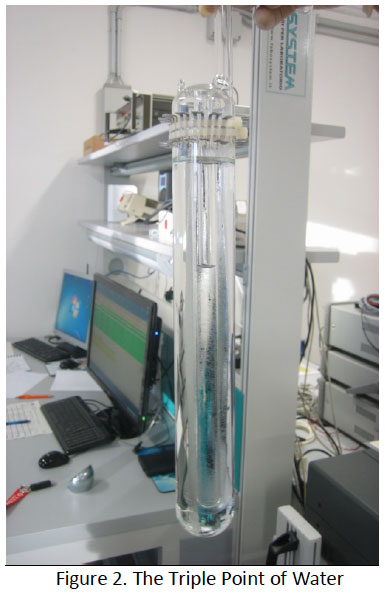 The OGS-Oceanographic Calibration Centre (OGS-CTO) is the facility for oceanographic testing and calibration of the Department of Oceanography of the OGS (Istituto Nazionale di Oceanografia e di Geofisica Sperimentale), located in Trieste, Italy. It provides the scientific and technical infrastructure necessary for high-quality observations of the marine environment using procedures that repeatedly meet recognized international standards of excellence. A critical element of the services offered is the ability to calibrate and maintain sea-going instrumentation efficiently. The facility is run applying relevant international guidelines and protocols as much as practically possible in order to assure conformity or, at least, compatibility, with the regulatory standards governing this kind of activity worldwide.
The OGS-Oceanographic Calibration Centre (OGS-CTO) is the facility for oceanographic testing and calibration of the Department of Oceanography of the OGS (Istituto Nazionale di Oceanografia e di Geofisica Sperimentale), located in Trieste, Italy. It provides the scientific and technical infrastructure necessary for high-quality observations of the marine environment using procedures that repeatedly meet recognized international standards of excellence. A critical element of the services offered is the ability to calibrate and maintain sea-going instrumentation efficiently. The facility is run applying relevant international guidelines and protocols as much as practically possible in order to assure conformity or, at least, compatibility, with the regulatory standards governing this kind of activity worldwide.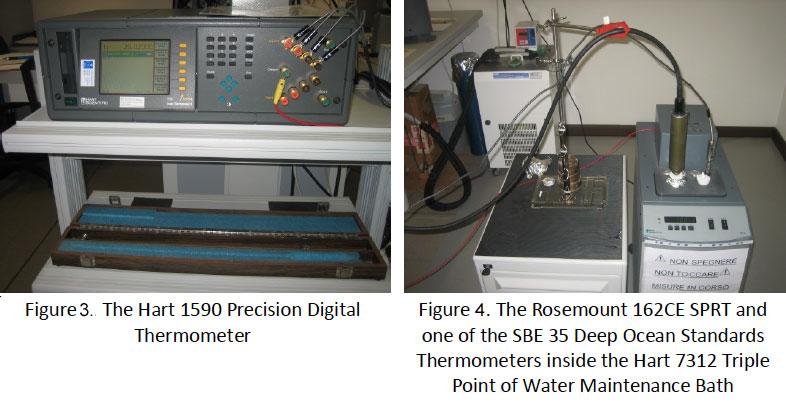
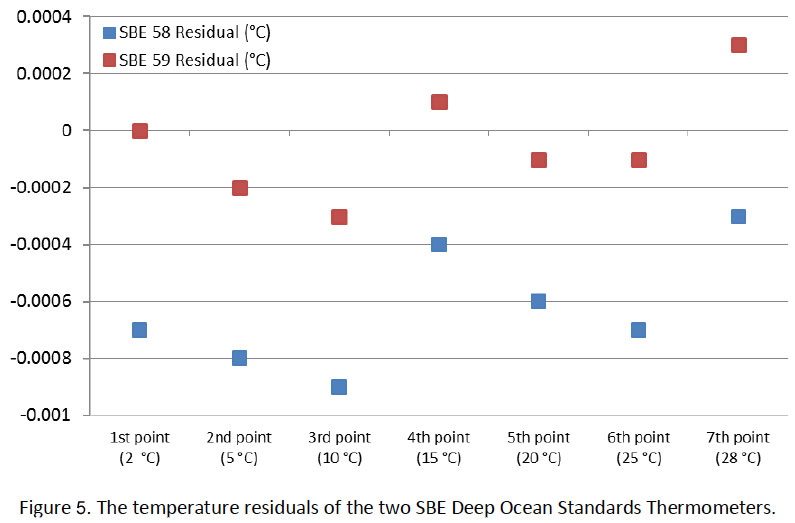
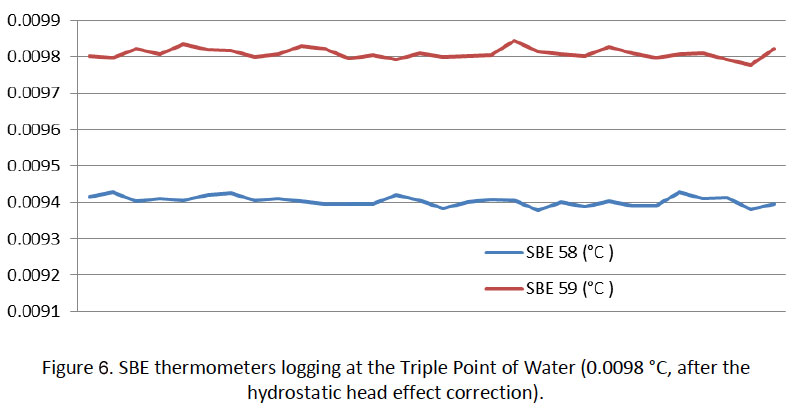

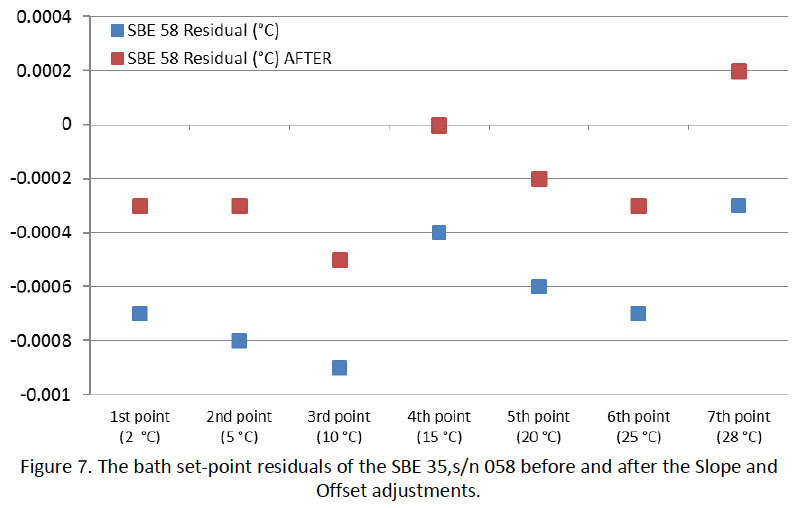
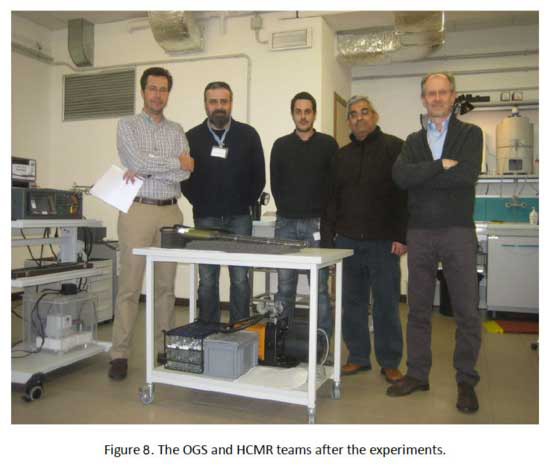
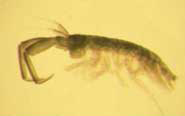
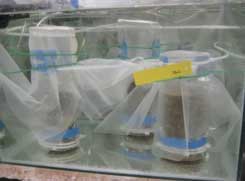
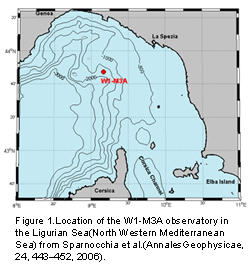
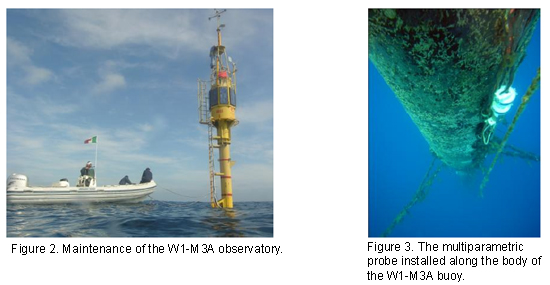
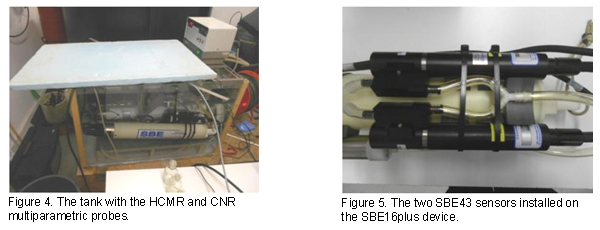
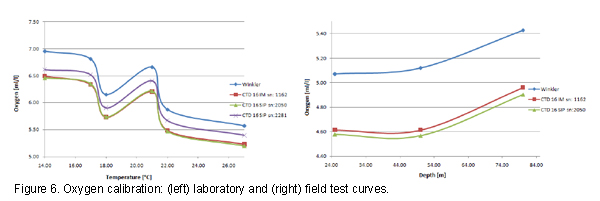
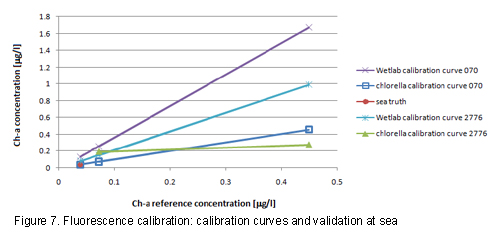
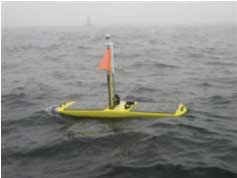 The 2m-long wave glider is
The 2m-long wave glider is 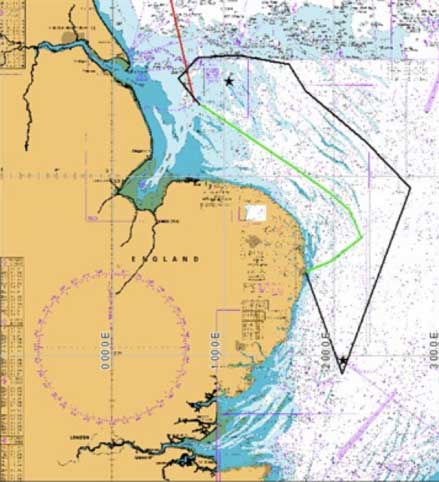
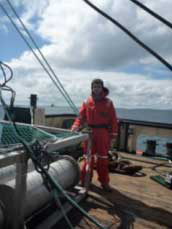 The NOC are also monitoring on and above the sea surface using marine radar, which has been tracking the movement of birds, and marine mammals in the surrounding areas.
The NOC are also monitoring on and above the sea surface using marine radar, which has been tracking the movement of birds, and marine mammals in the surrounding areas. 
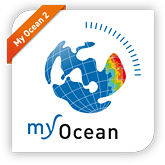 MyOcean, the Ocean Monitoring and Forecasting system of the GMES Marine Service, has just launched a new edition of its newsletter with informative articles and updates on marine environmental monitoring.
MyOcean, the Ocean Monitoring and Forecasting system of the GMES Marine Service, has just launched a new edition of its newsletter with informative articles and updates on marine environmental monitoring. 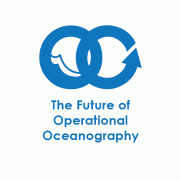 ‘The Future of Operational Oceanography 2013’ symposium will take place in Hamburg, Germany at the Congress Centre (CCH) from 8-10 October. The meeting will seek to broaden and galvanize the dialogue on new observational and modelling techniques and the subsequent benefits for a range of marine industries. There will be a wide cross-section of topics in which speakers are invited to submit talks and posters.
‘The Future of Operational Oceanography 2013’ symposium will take place in Hamburg, Germany at the Congress Centre (CCH) from 8-10 October. The meeting will seek to broaden and galvanize the dialogue on new observational and modelling techniques and the subsequent benefits for a range of marine industries. There will be a wide cross-section of topics in which speakers are invited to submit talks and posters.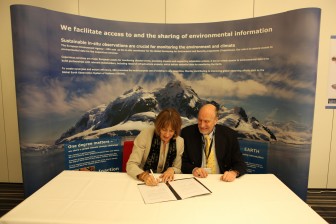
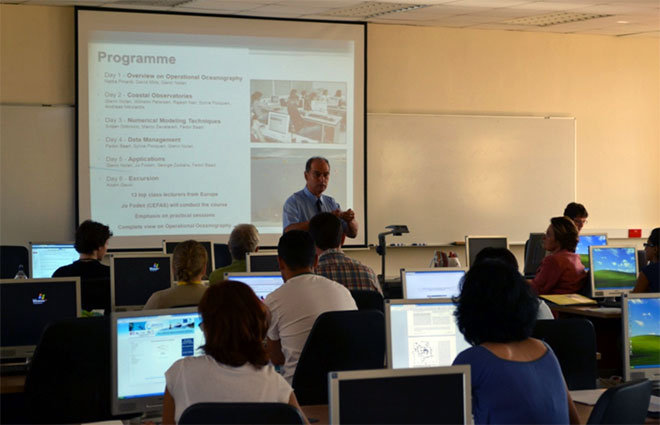

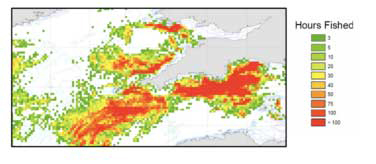
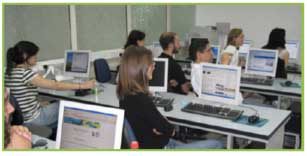
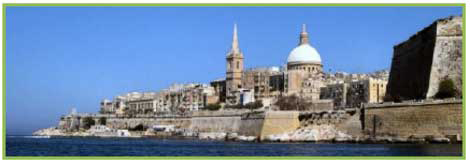
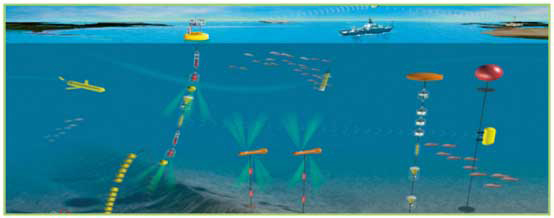
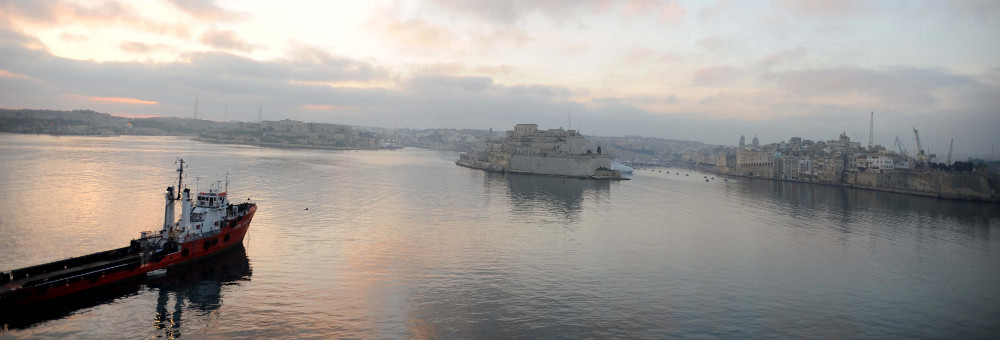
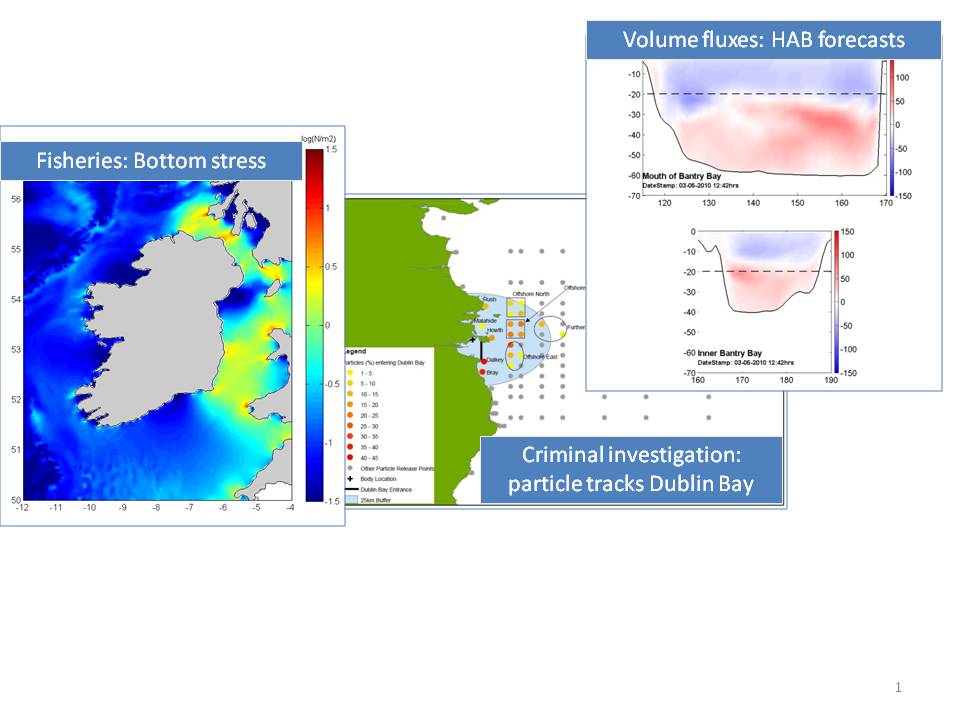
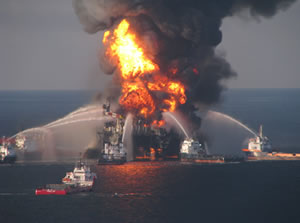
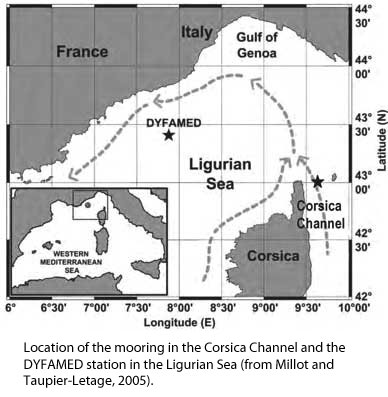 The second JERICO TNA experiment (www.jerico-fp7.eu) started on Tuesday November 20th, 2012, with the implementation of automatic Dissolved Oxygen (DO) measurements in the Corsica Channel, Ligurian Sea, Western Mediterranean. The experiment is planned to last for twelve months under the aegis of JERICO TNA and then continue for at least other six months as a collaboration of the Institute of Marine Sciences of the National Research Council of Italy (ISMAR CNR), the Observatoire Oceanographique de Villefranche/Mer of the French National Center for Scientific Research (CNRS/OBS-VLFR) and the Mediterranean Institute of Oceanography (MIO).
The second JERICO TNA experiment (www.jerico-fp7.eu) started on Tuesday November 20th, 2012, with the implementation of automatic Dissolved Oxygen (DO) measurements in the Corsica Channel, Ligurian Sea, Western Mediterranean. The experiment is planned to last for twelve months under the aegis of JERICO TNA and then continue for at least other six months as a collaboration of the Institute of Marine Sciences of the National Research Council of Italy (ISMAR CNR), the Observatoire Oceanographique de Villefranche/Mer of the French National Center for Scientific Research (CNRS/OBS-VLFR) and the Mediterranean Institute of Oceanography (MIO). 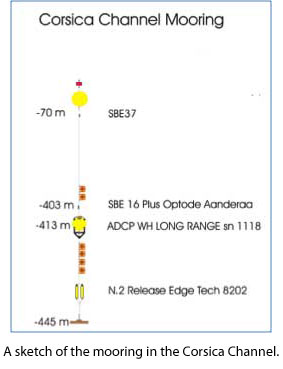 From previous time series data, a time lag has been observed in terms of T-S change in the LIW level. To solve this issue, regular and long term oxygen measurements might give a good opportunity to understand and to estimate accurately this time lag. This also gives the possibility to quantify the variability versus anomalies of the LIW property due to the climate change already observed in the Mediterranean Sea. The DYFAMED site (DYF, 2350 m depth), in the western part, and the CORSICA Channel (CC, 445 m depth), in the eastern part, are permanently monitored since 1988 and 1985 respectively to observe the water masses evolution and more specifically the shift of the LIW properties due to the climate change.
From previous time series data, a time lag has been observed in terms of T-S change in the LIW level. To solve this issue, regular and long term oxygen measurements might give a good opportunity to understand and to estimate accurately this time lag. This also gives the possibility to quantify the variability versus anomalies of the LIW property due to the climate change already observed in the Mediterranean Sea. The DYFAMED site (DYF, 2350 m depth), in the western part, and the CORSICA Channel (CC, 445 m depth), in the eastern part, are permanently monitored since 1988 and 1985 respectively to observe the water masses evolution and more specifically the shift of the LIW properties due to the climate change. 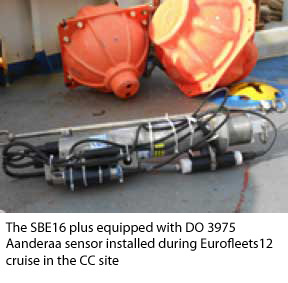 In summer 2012, the DYFAMED mooring located in the Ligurian Sea between Nice and Calvi has been equipped with two DO sensors (optode 4330F) at 400 m and 2000 m depth (MOOSE-GE cruise). The objective of the TNA activity was to complete the oxygen observation in the Ligurian Sea by implementing a DO sensor on the CC mooring at the core of the LIW water mass (400 m depth). This was done during a maintenance cruise (EUROFLEETS12), performed in November 2012 with the research vessel URANIA of CNR, installing an optical dissolved oxygen sensor (OPTODE 3975 Aanderaa) on the underwater station at 400 m depth.
In summer 2012, the DYFAMED mooring located in the Ligurian Sea between Nice and Calvi has been equipped with two DO sensors (optode 4330F) at 400 m and 2000 m depth (MOOSE-GE cruise). The objective of the TNA activity was to complete the oxygen observation in the Ligurian Sea by implementing a DO sensor on the CC mooring at the core of the LIW water mass (400 m depth). This was done during a maintenance cruise (EUROFLEETS12), performed in November 2012 with the research vessel URANIA of CNR, installing an optical dissolved oxygen sensor (OPTODE 3975 Aanderaa) on the underwater station at 400 m depth. 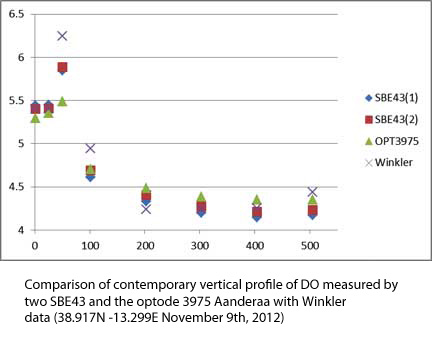
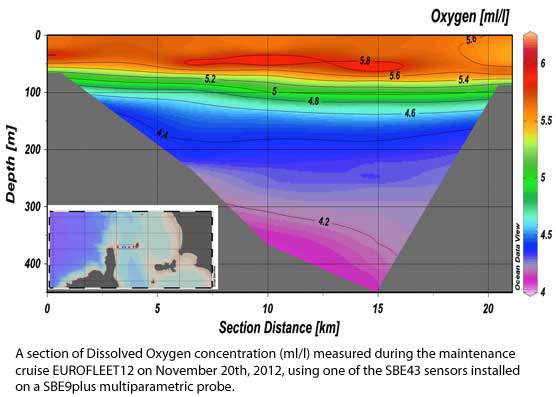
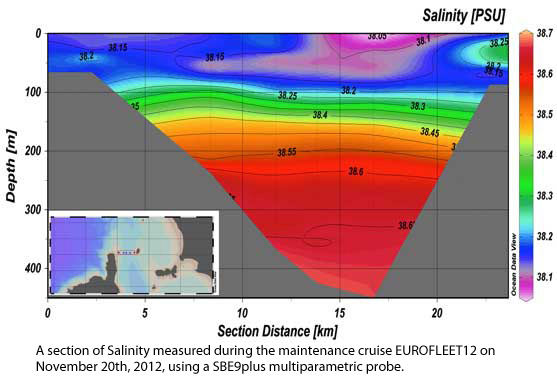
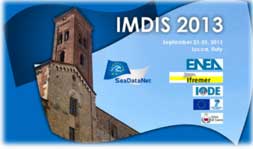 The International Conference on Marine Data and Information Systems of 2013 (IMDIS 2013) will be held in Lucca, Italy on the 23rd till the 25th of September 2013. It aims at providing a general idea of the progresses that have been made in the last years when it comes to the efficient infrastructures for the management of large and various data sets. The sessions will focus on infrastructures, technologies and services for different users: environmental authorities, research, schools, and universities amongst others. The sessions’ topics will be as following:
The International Conference on Marine Data and Information Systems of 2013 (IMDIS 2013) will be held in Lucca, Italy on the 23rd till the 25th of September 2013. It aims at providing a general idea of the progresses that have been made in the last years when it comes to the efficient infrastructures for the management of large and various data sets. The sessions will focus on infrastructures, technologies and services for different users: environmental authorities, research, schools, and universities amongst others. The sessions’ topics will be as following: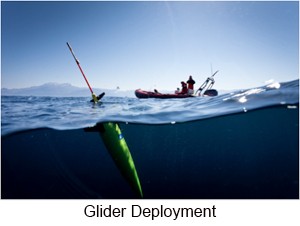 The first experiment under JERICO (http://www.jerico-fp7.eu/) TNA started on Tuesday October 23rd, 2012, with a deep glider mission from Minorca to Sardinia in the Western Mediterranean Sea. The mission is planned to end on December 10th, 2012.
The first experiment under JERICO (http://www.jerico-fp7.eu/) TNA started on Tuesday October 23rd, 2012, with a deep glider mission from Minorca to Sardinia in the Western Mediterranean Sea. The mission is planned to end on December 10th, 2012.


 Although the Mediterranean Sea makes up less than 1% of the global marine surface, it sees 20% of the global tank ship maritime traffic. This traffic inevitably means numerous cases of oil pollution at sea, sometimes severe, not to mention pipeline or oil terminal accidents (EEA, 2006). The well-documented events of Prestige in 2002 and BP Deepwater Horizon in 2010 have widely and conclusively demonstrated that an efficient forecasting system is necessary in order to manage similar emergency situations.
Although the Mediterranean Sea makes up less than 1% of the global marine surface, it sees 20% of the global tank ship maritime traffic. This traffic inevitably means numerous cases of oil pollution at sea, sometimes severe, not to mention pipeline or oil terminal accidents (EEA, 2006). The well-documented events of Prestige in 2002 and BP Deepwater Horizon in 2010 have widely and conclusively demonstrated that an efficient forecasting system is necessary in order to manage similar emergency situations.

